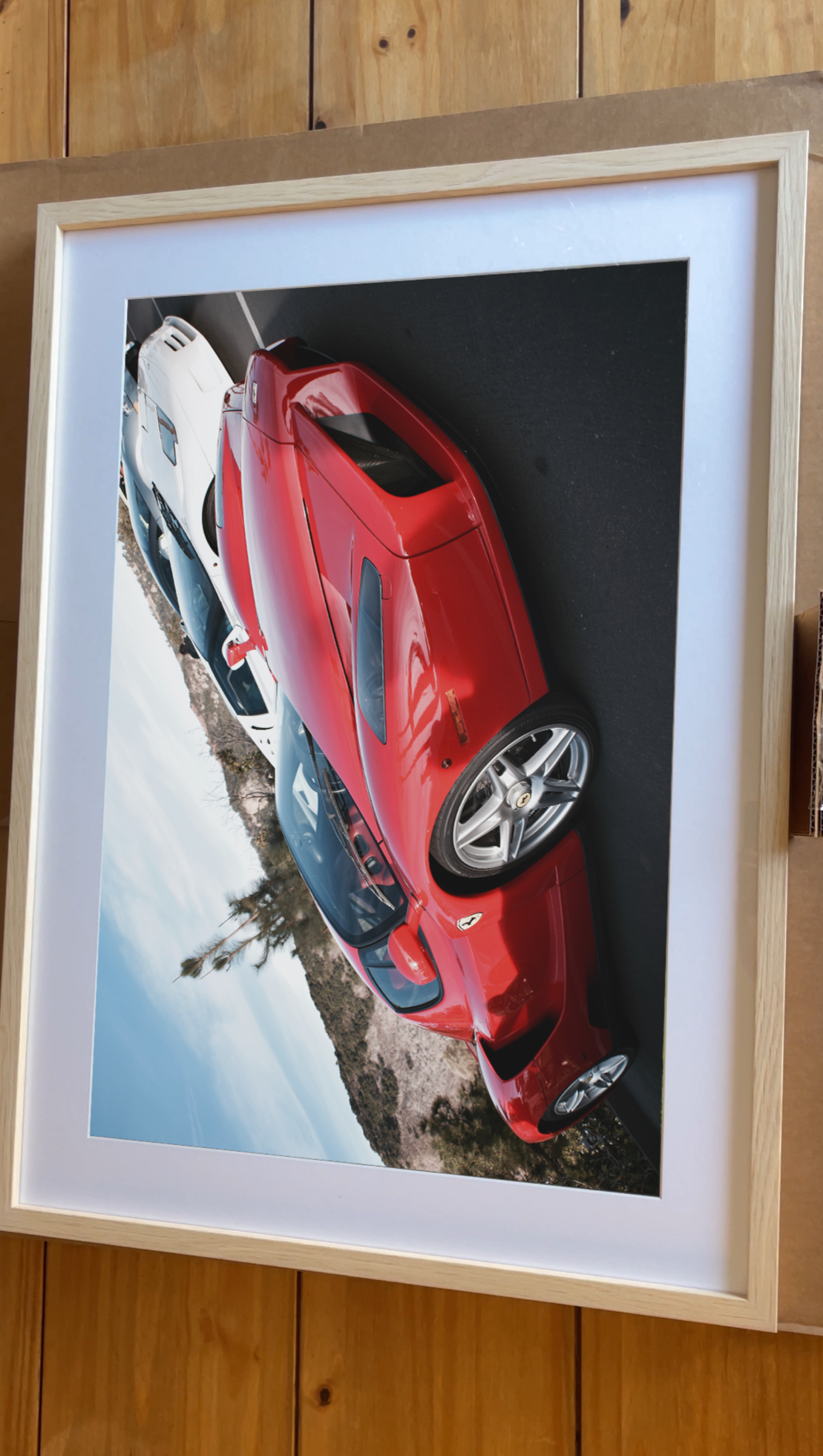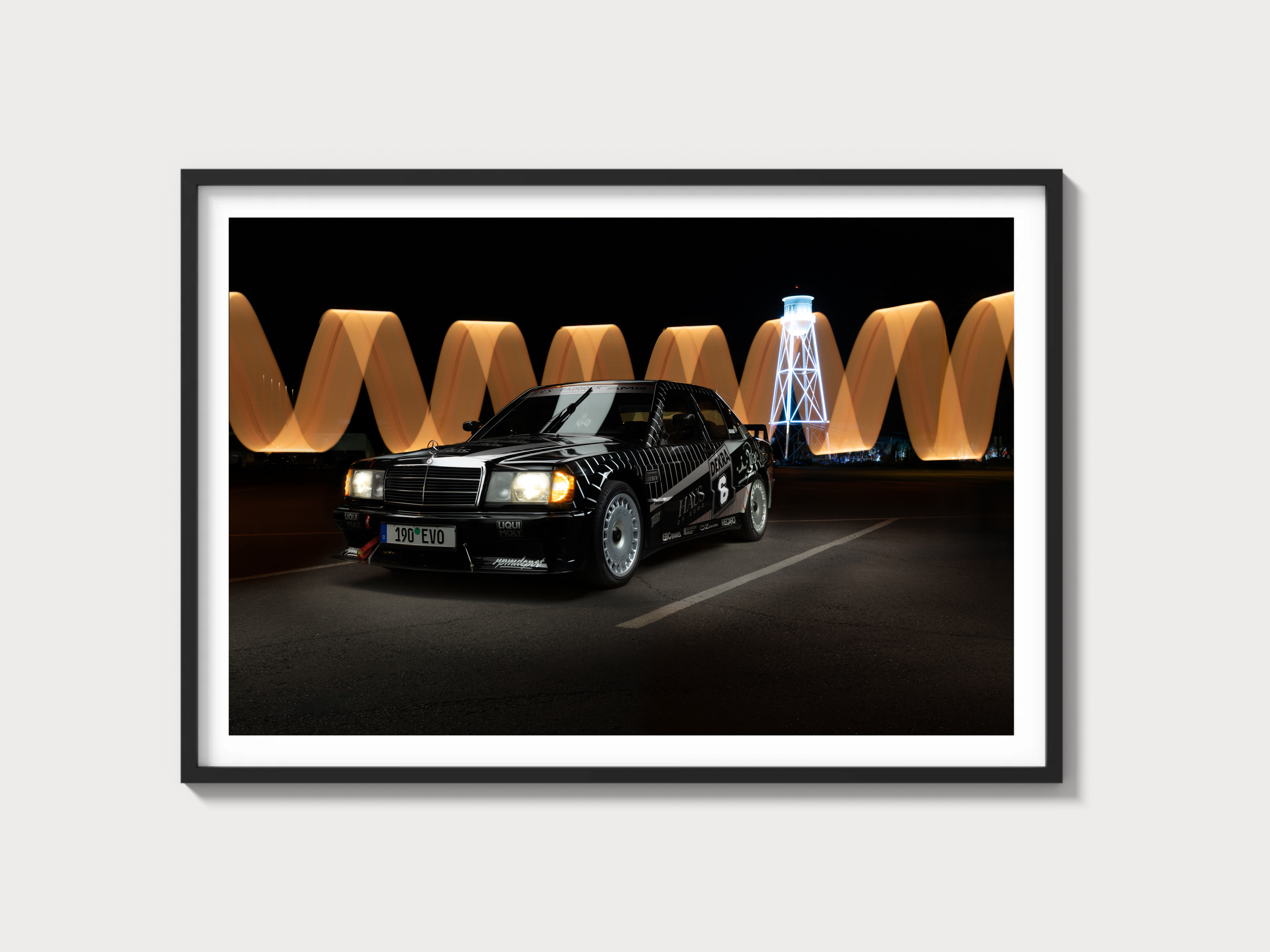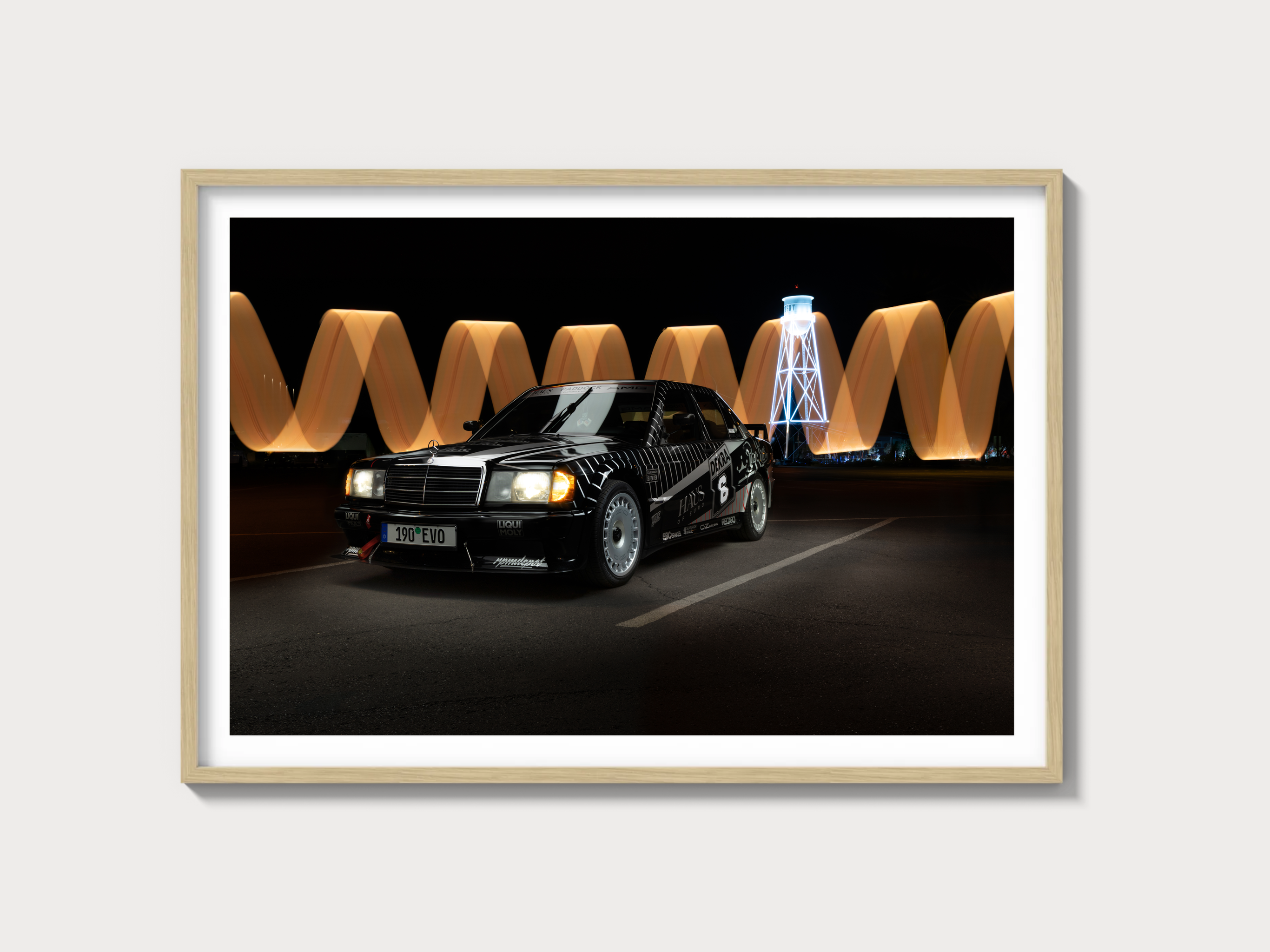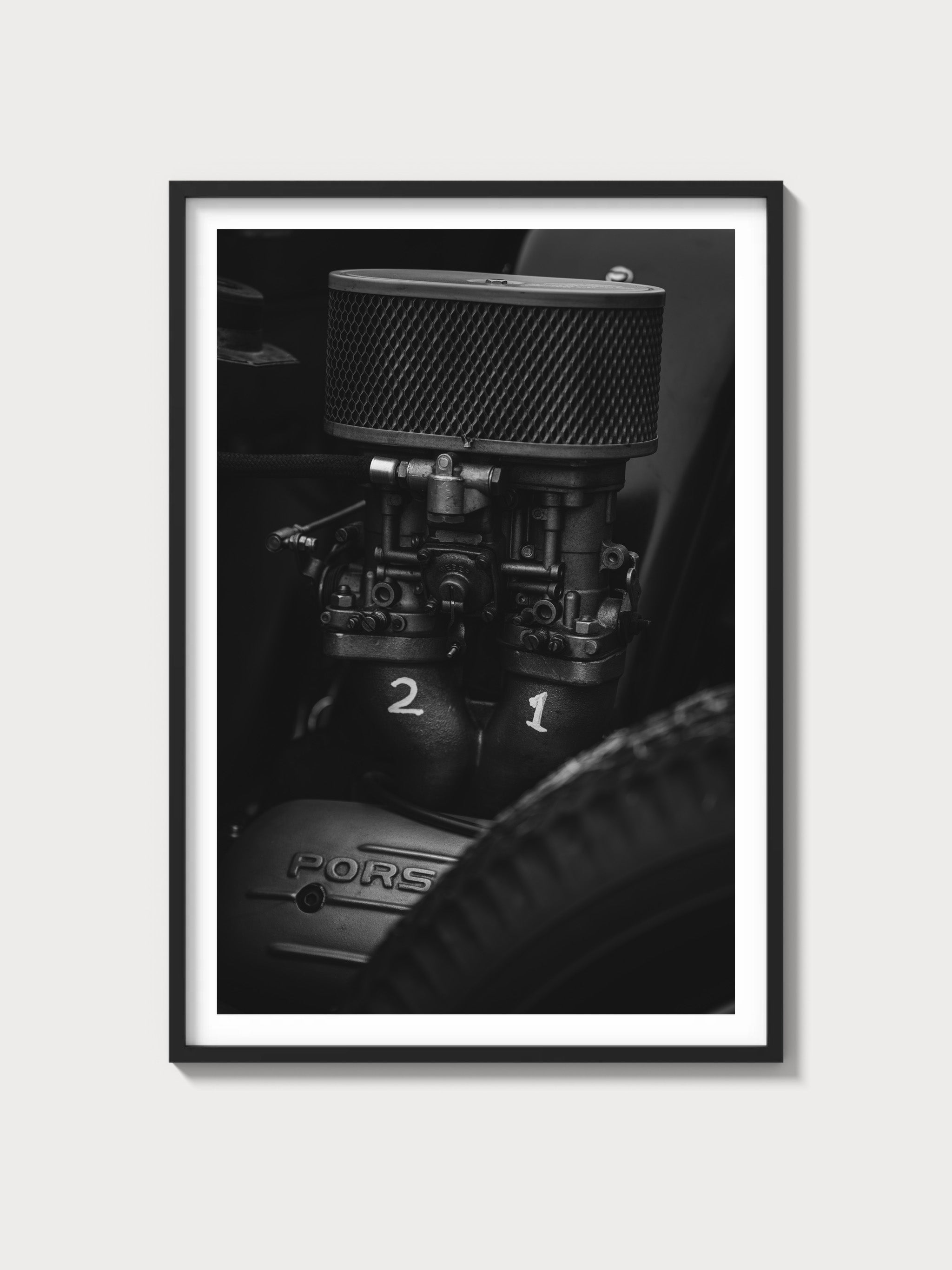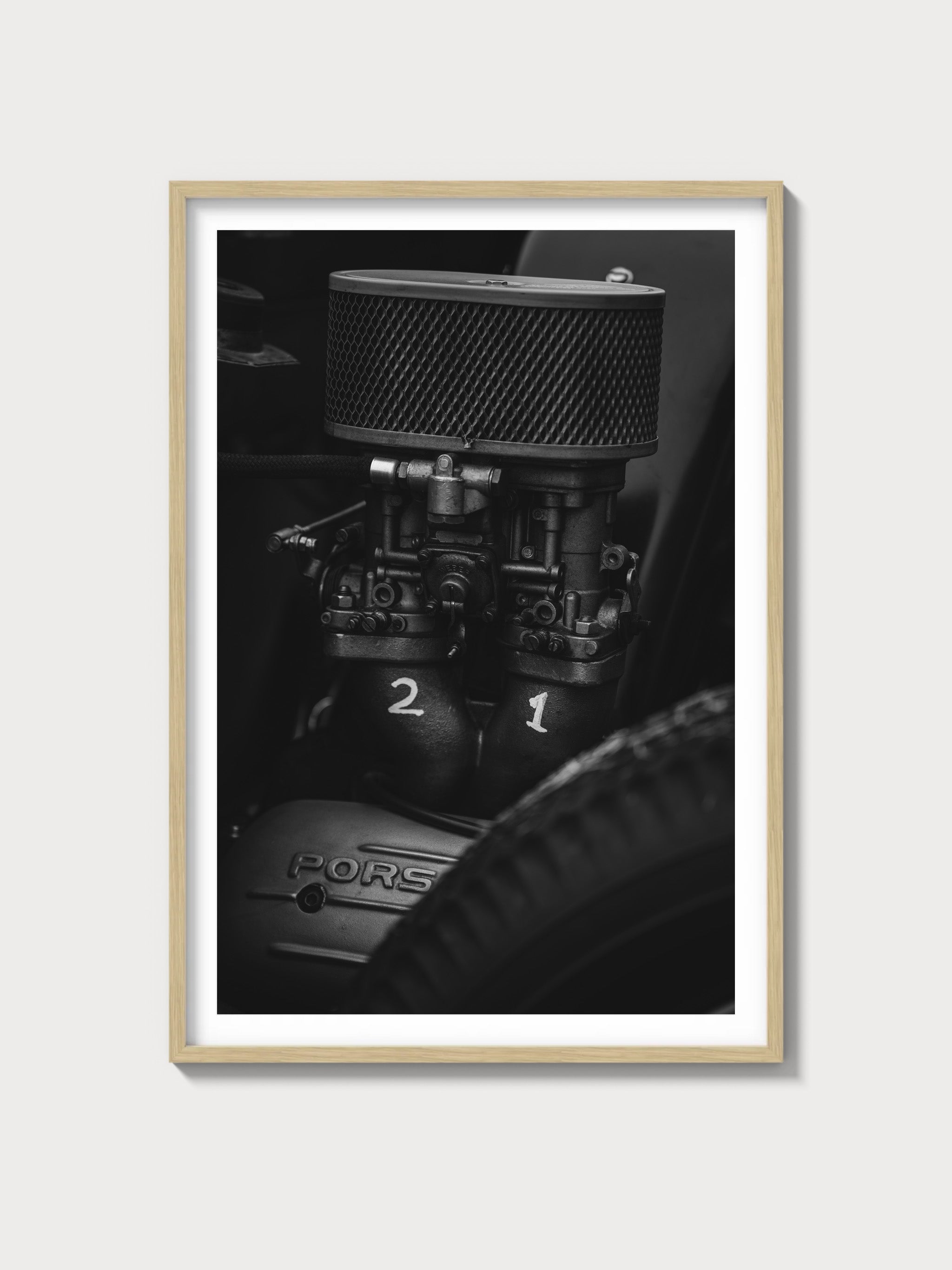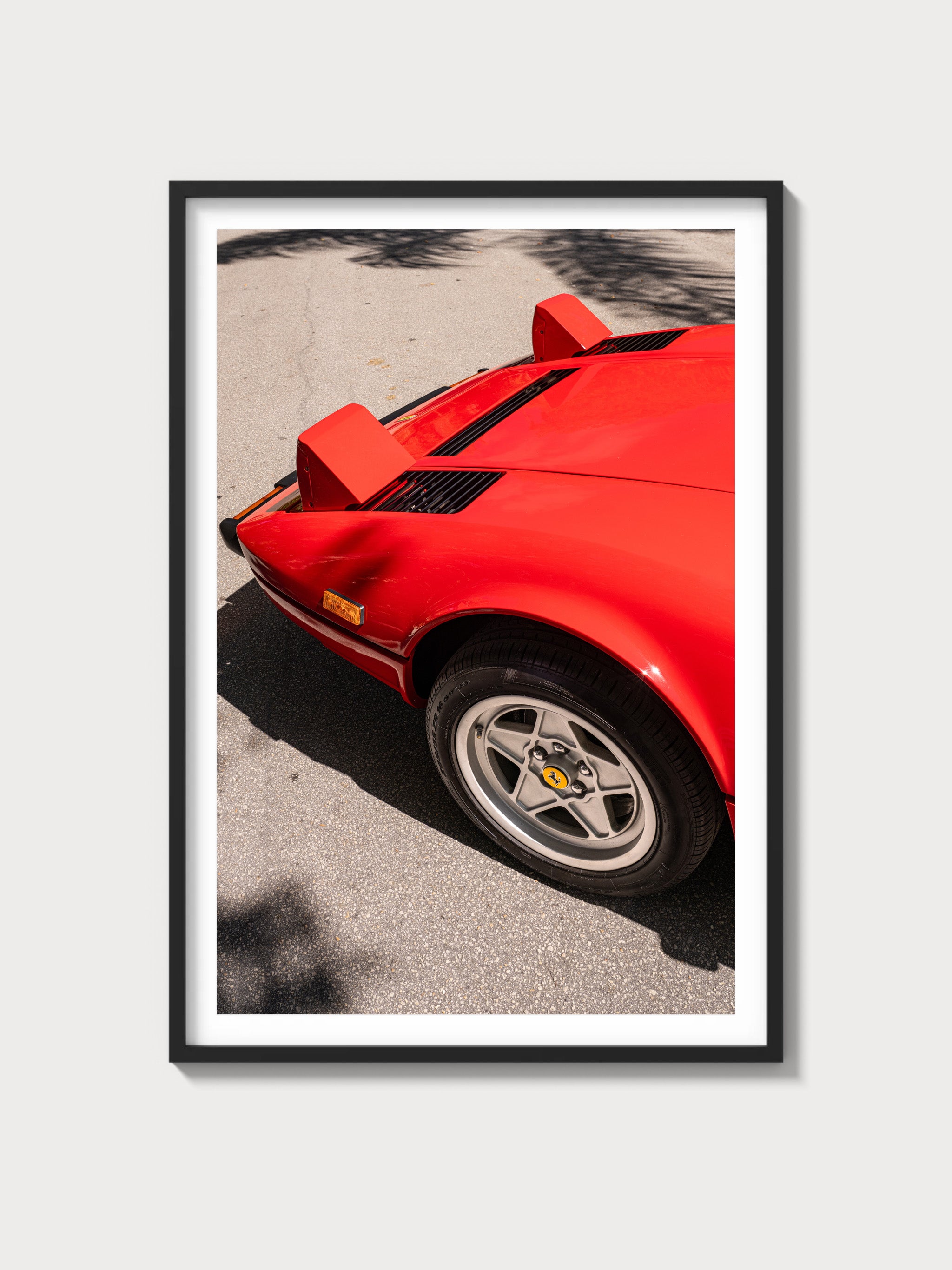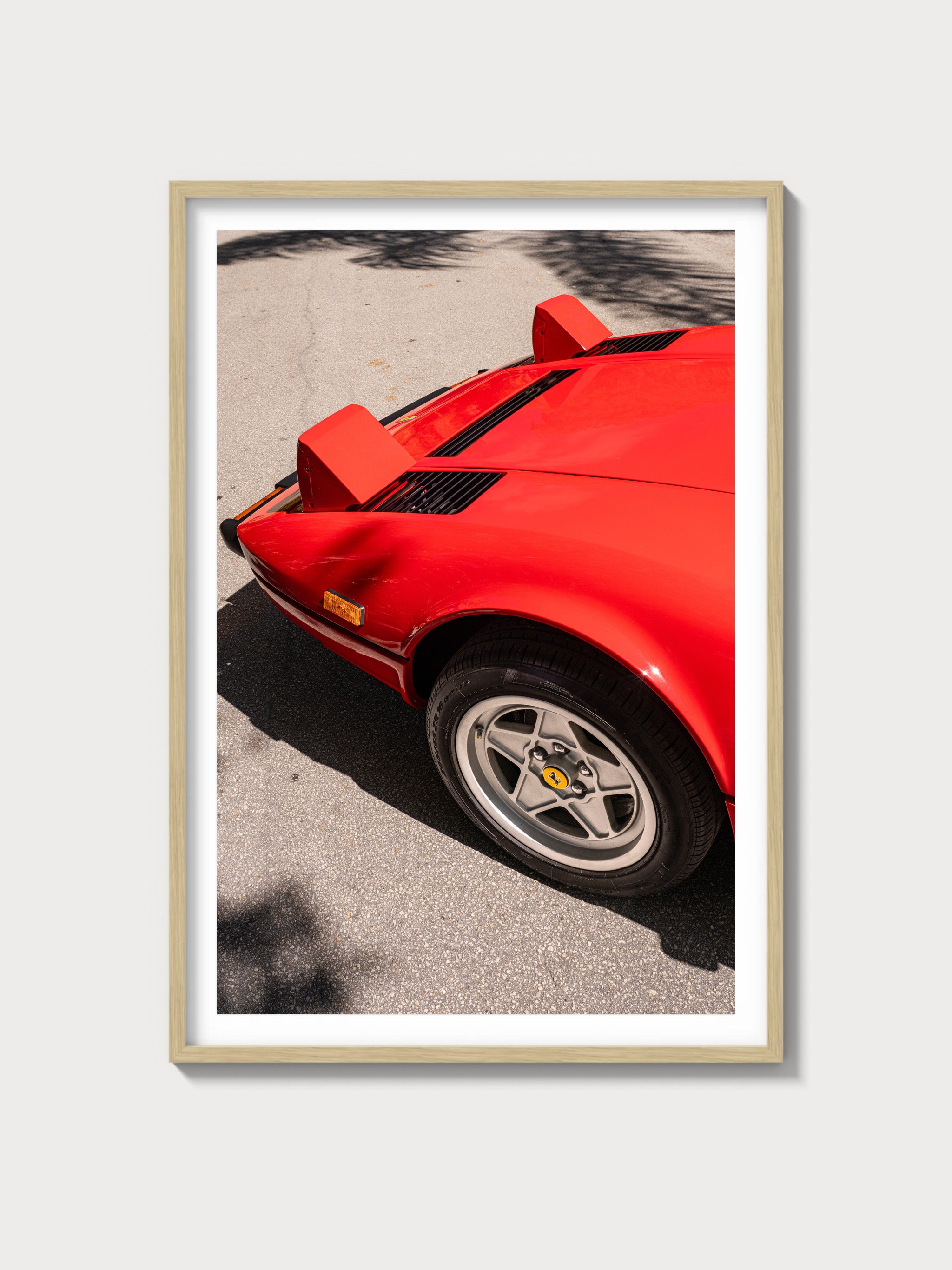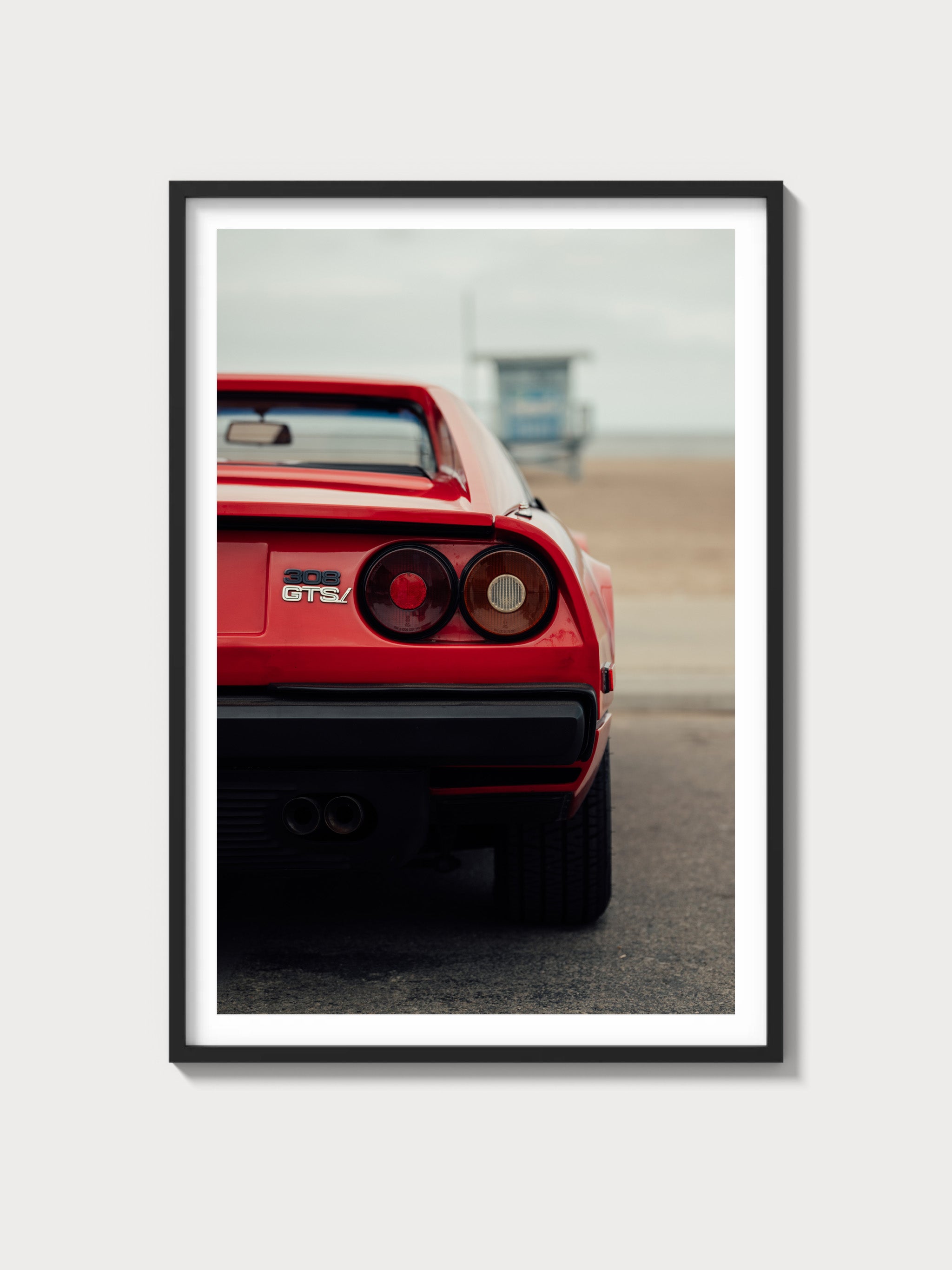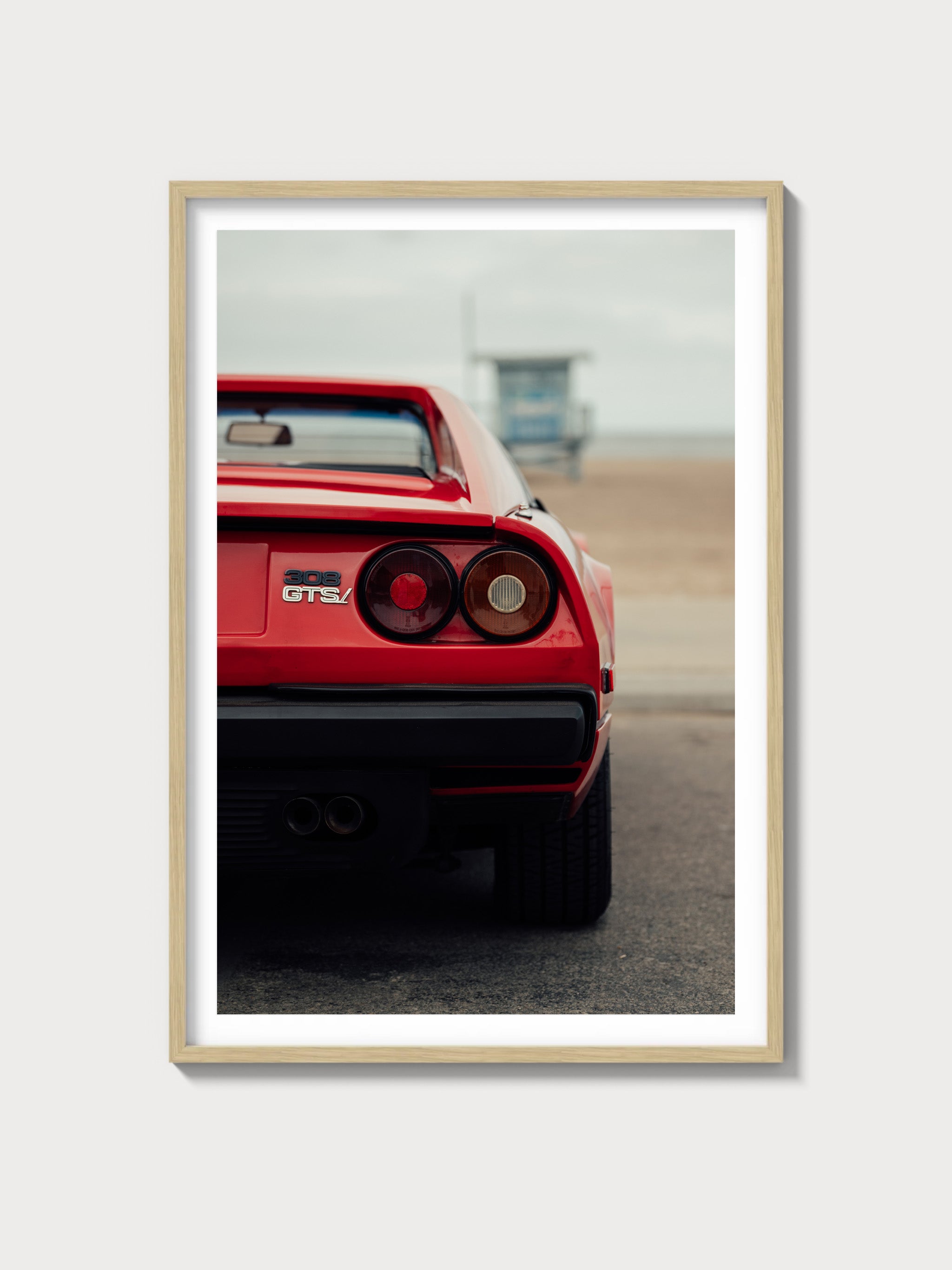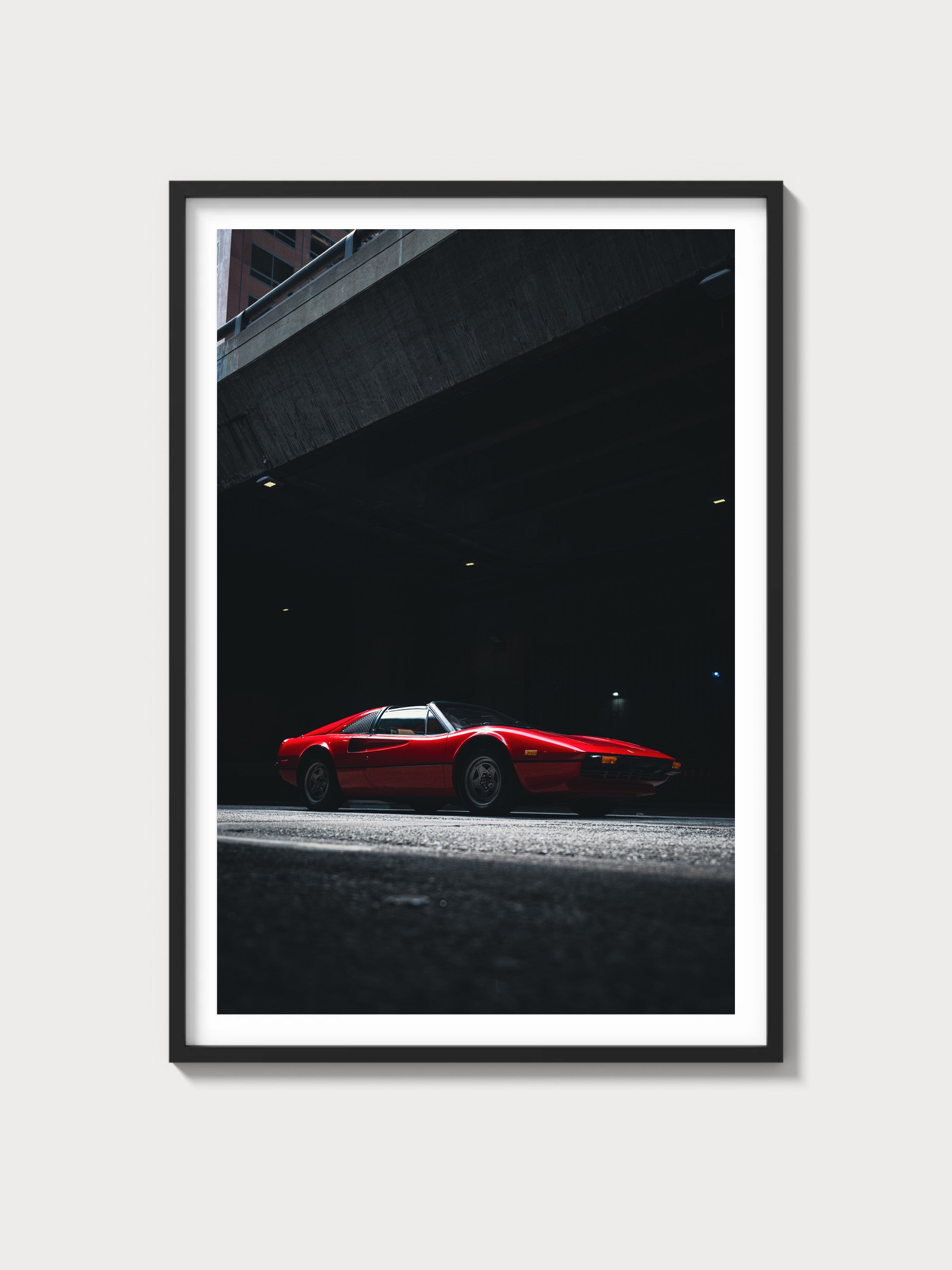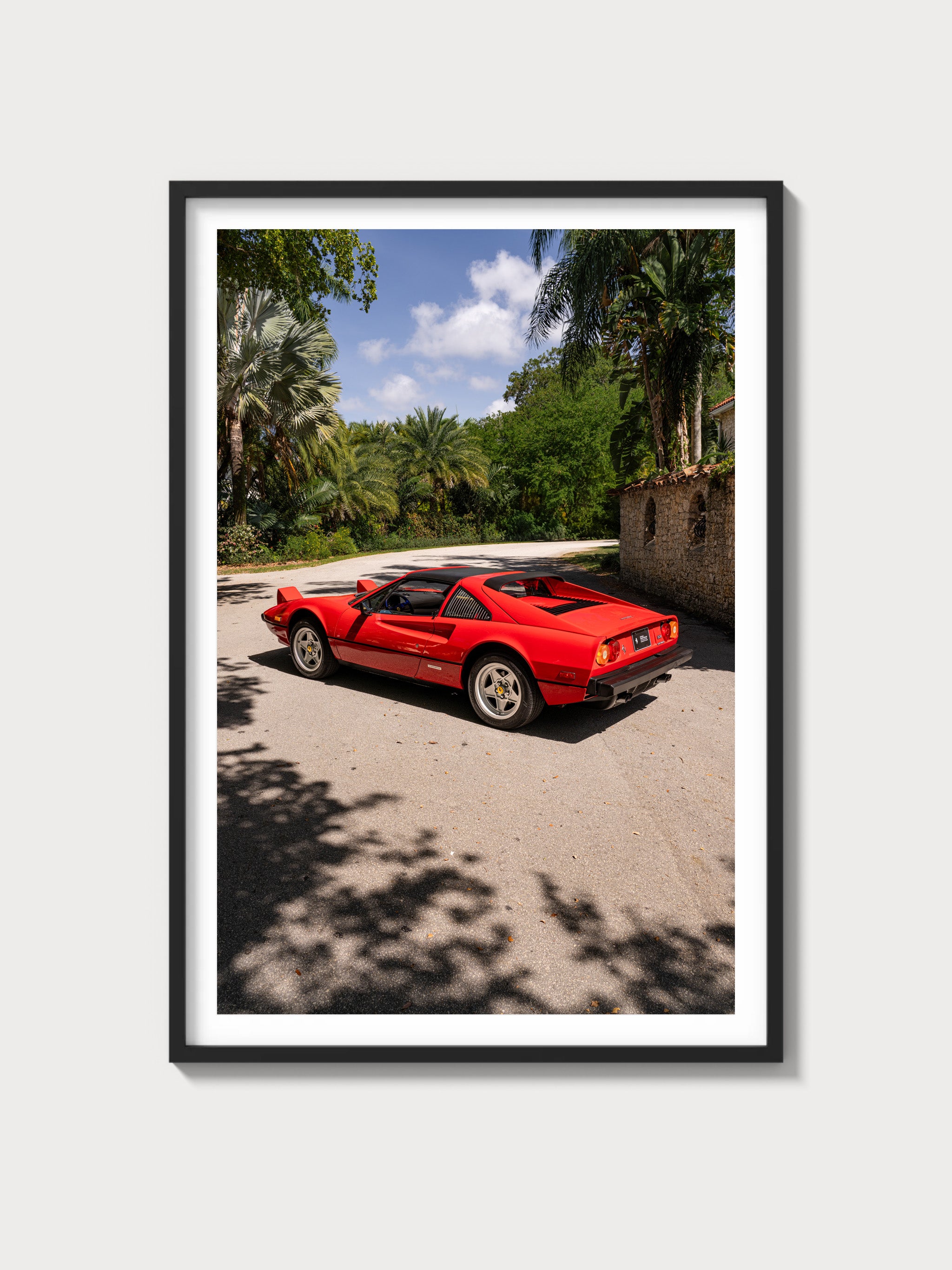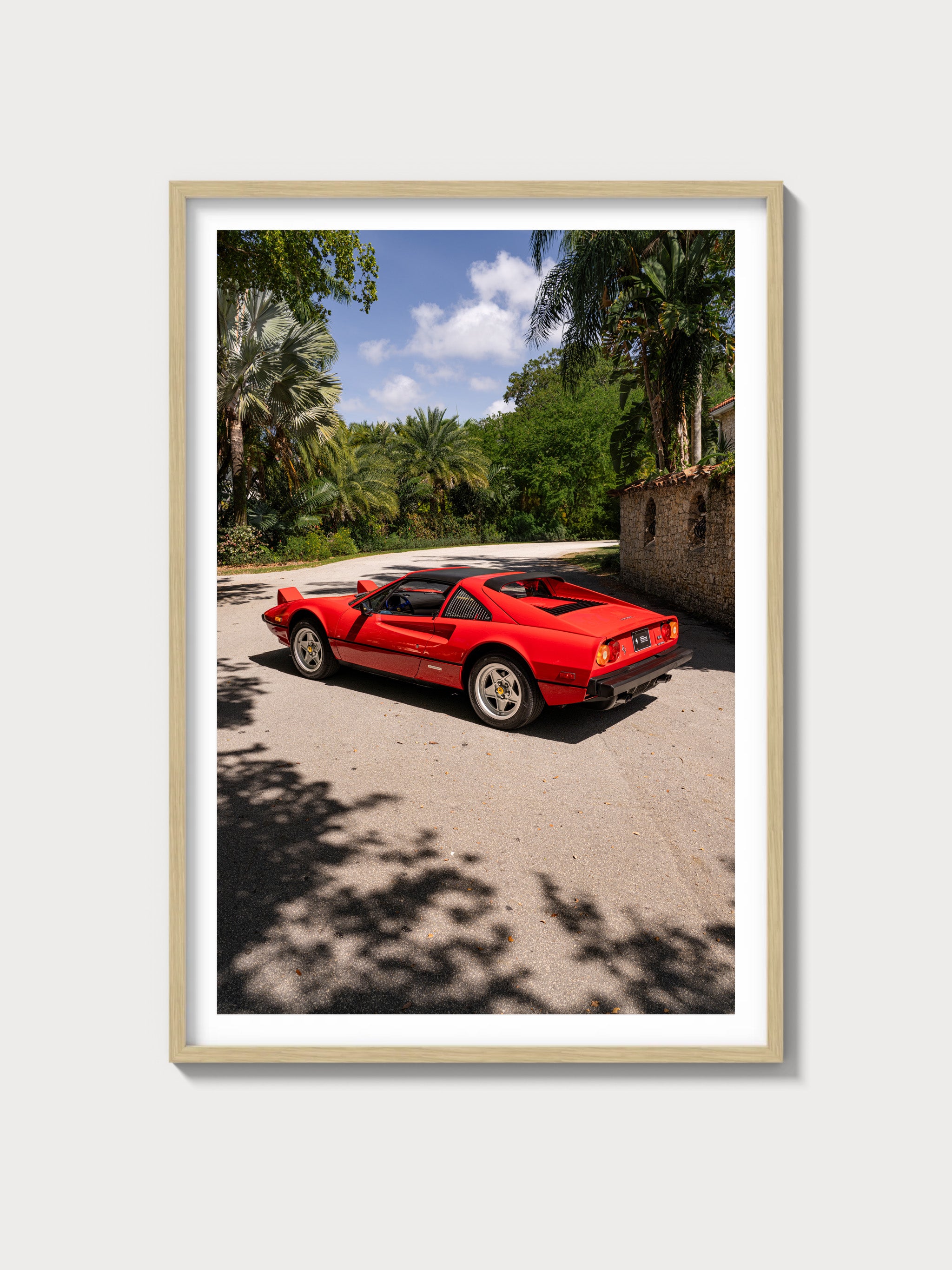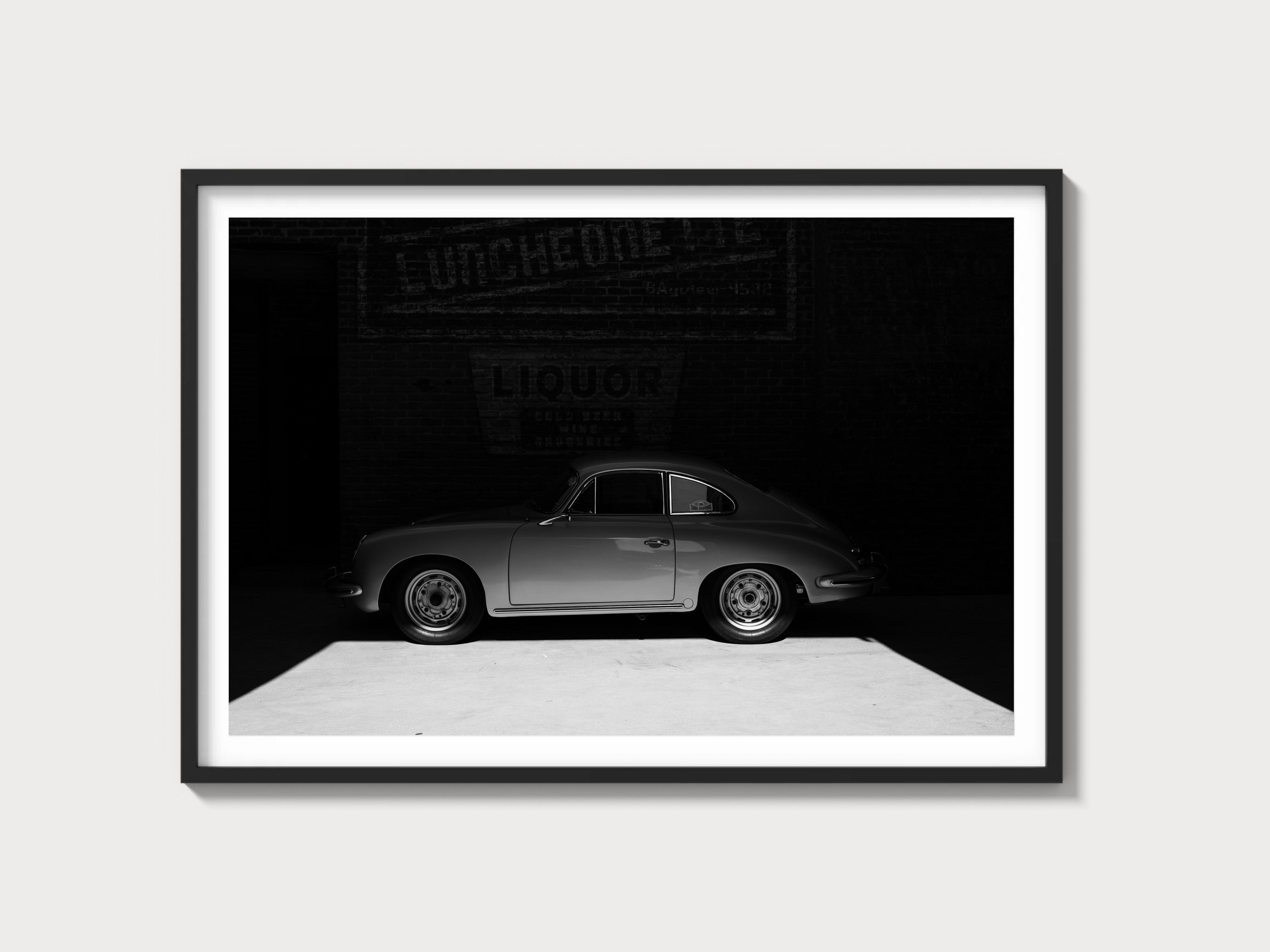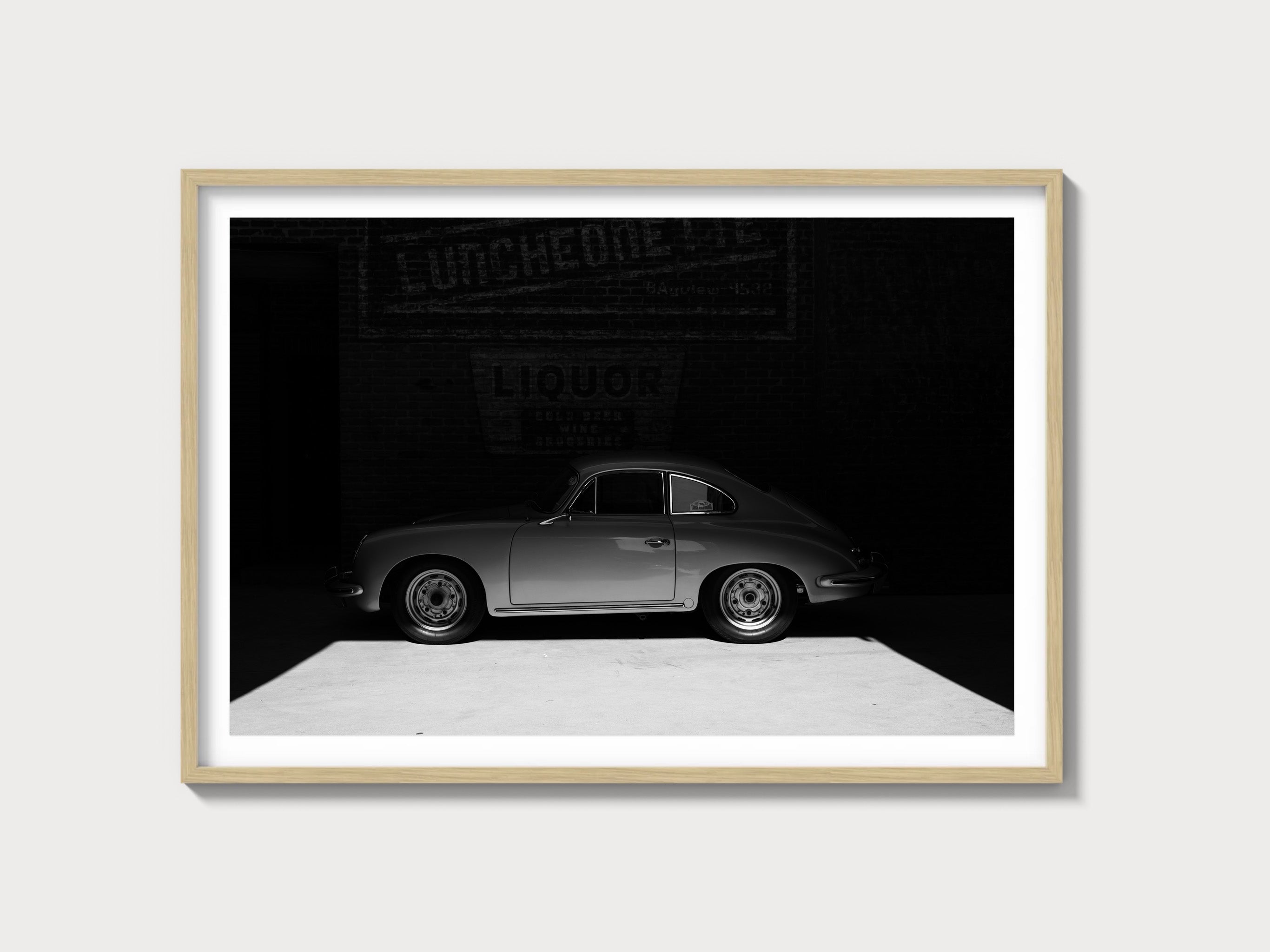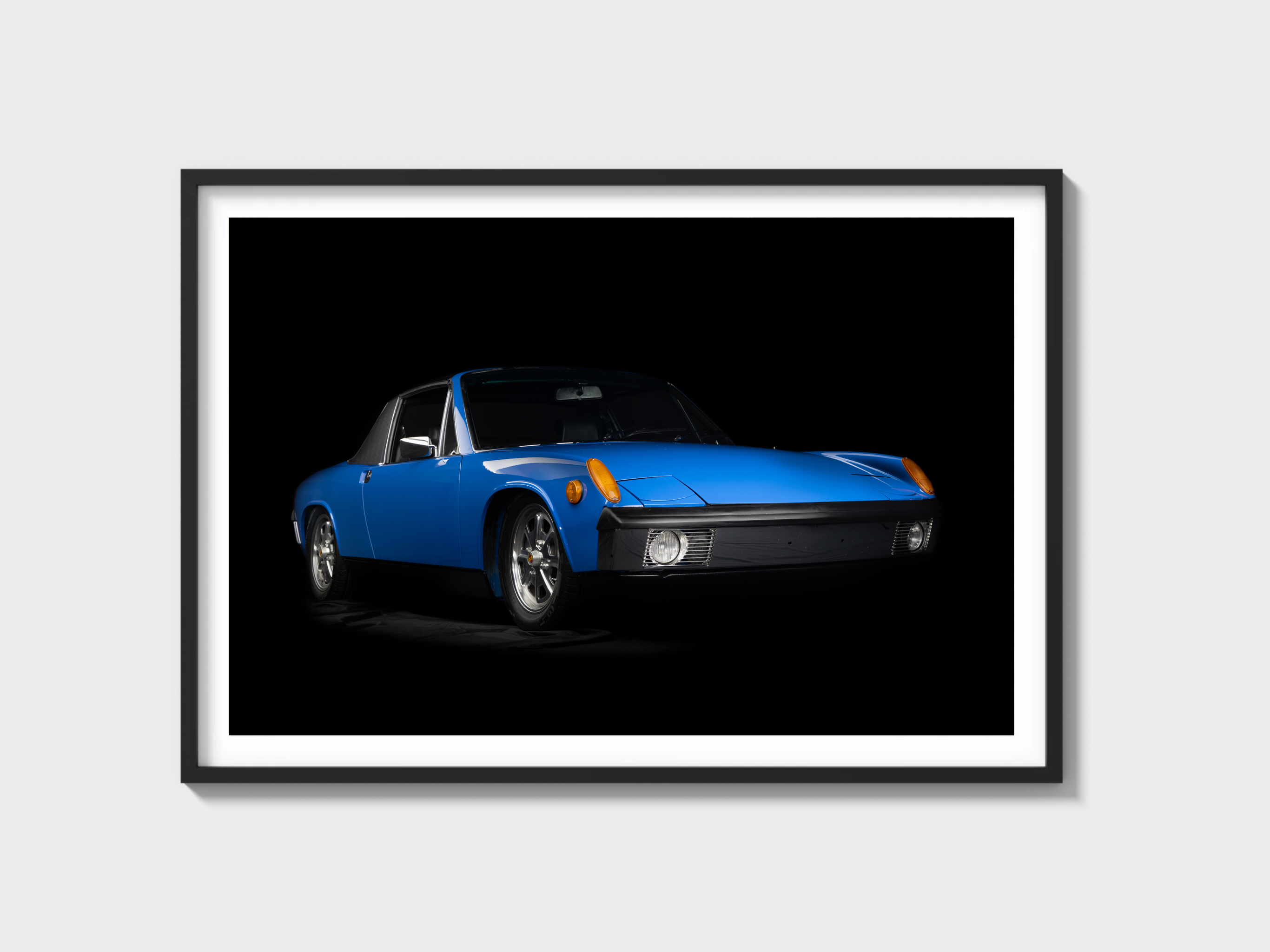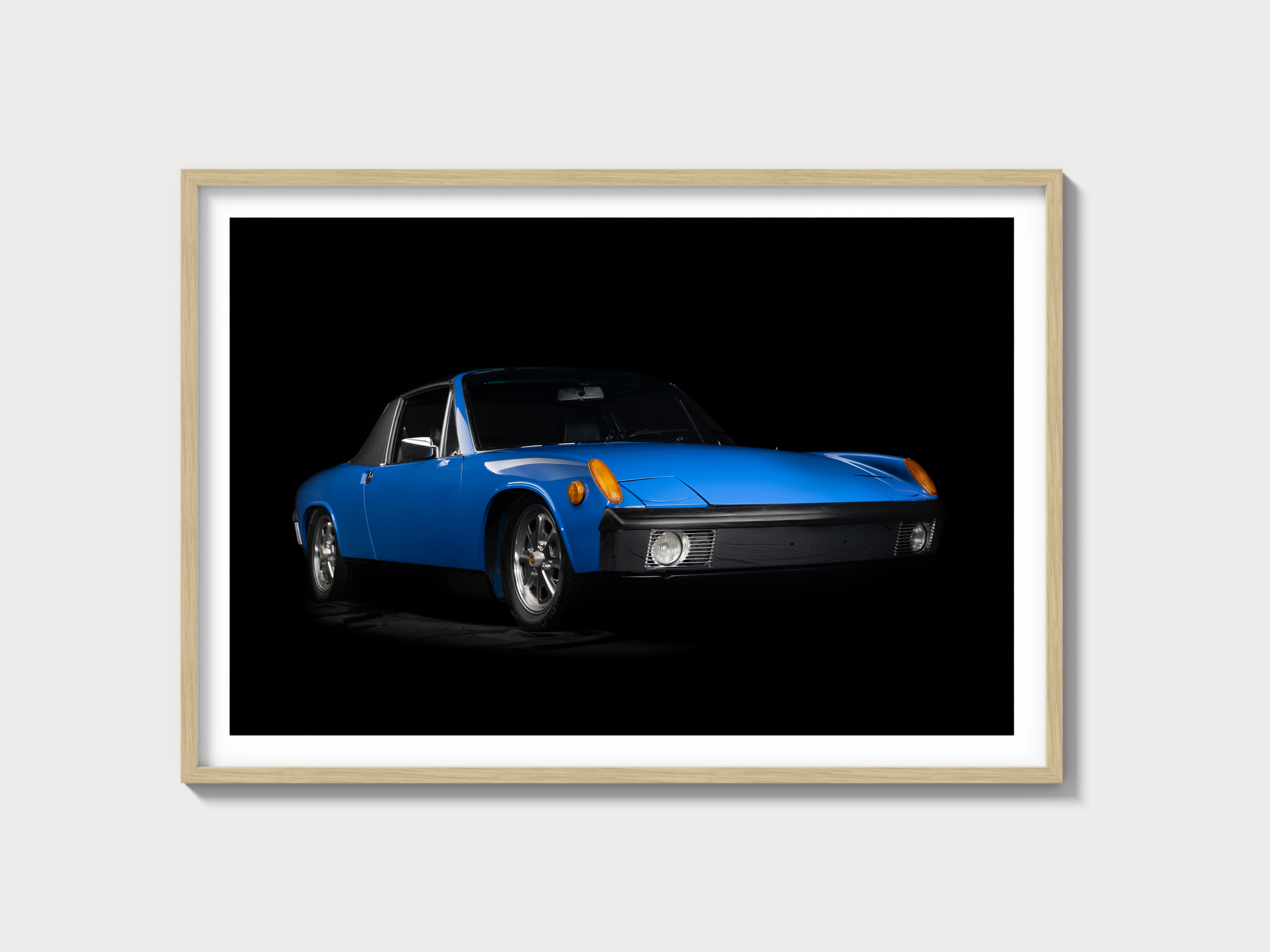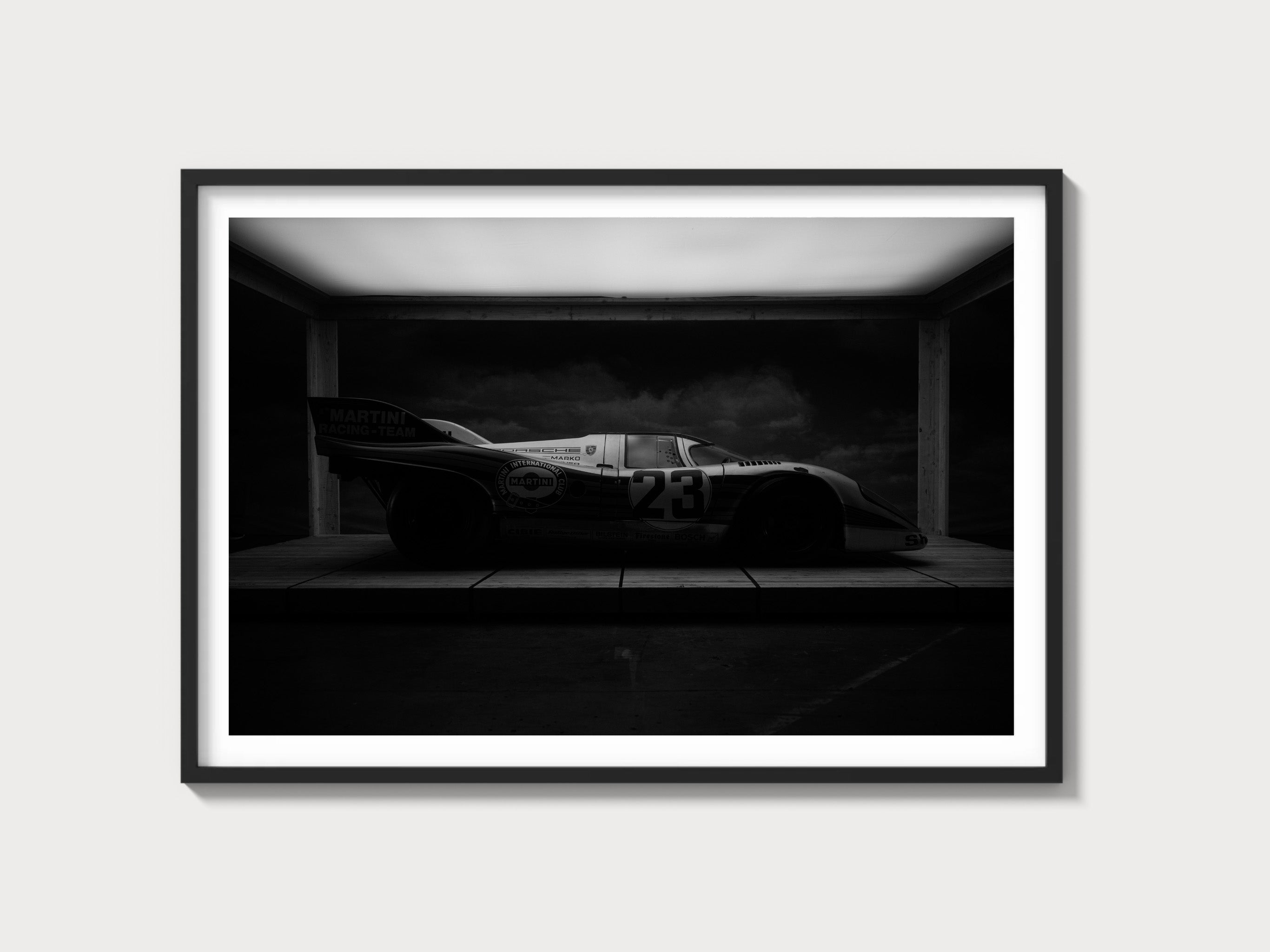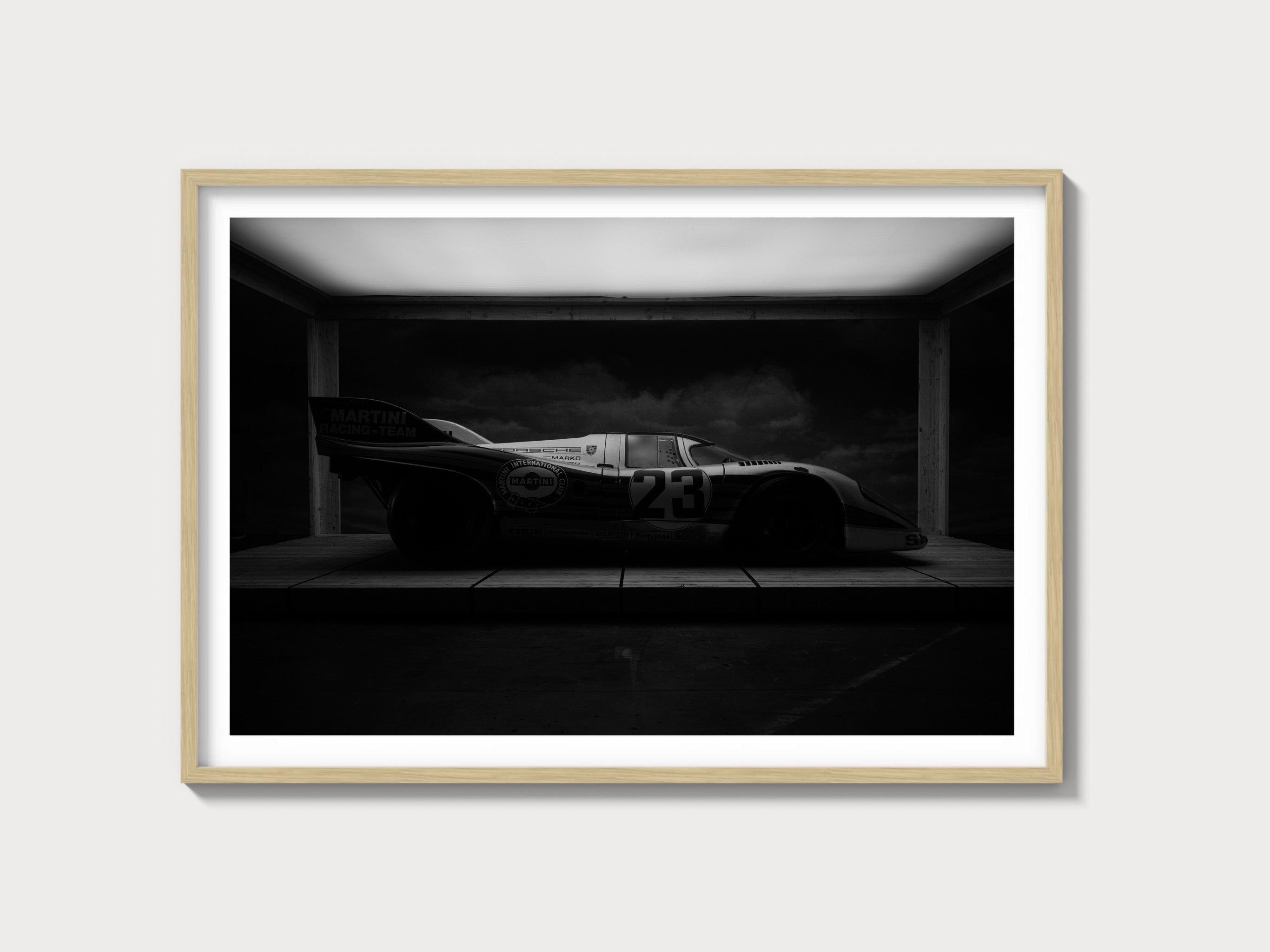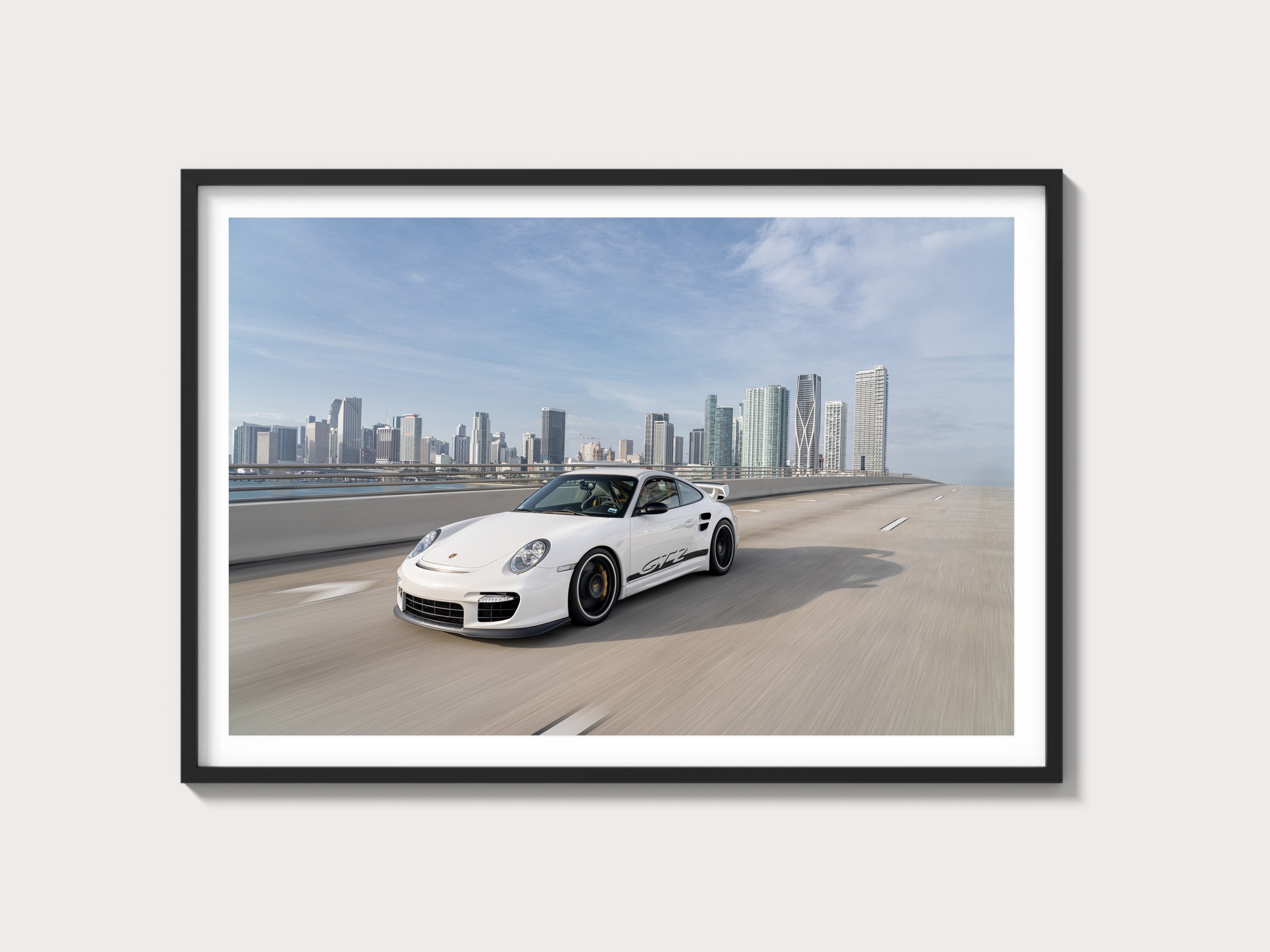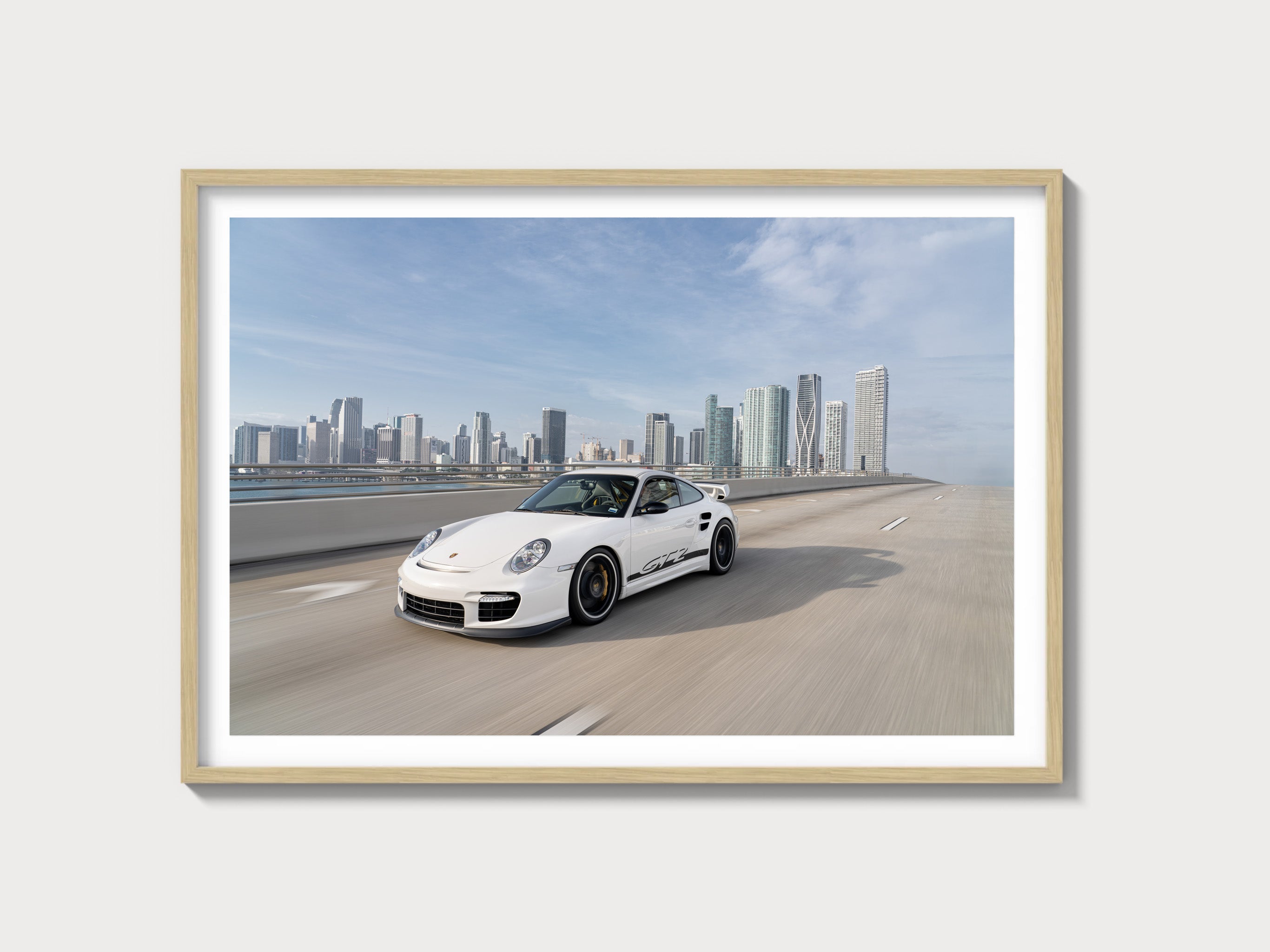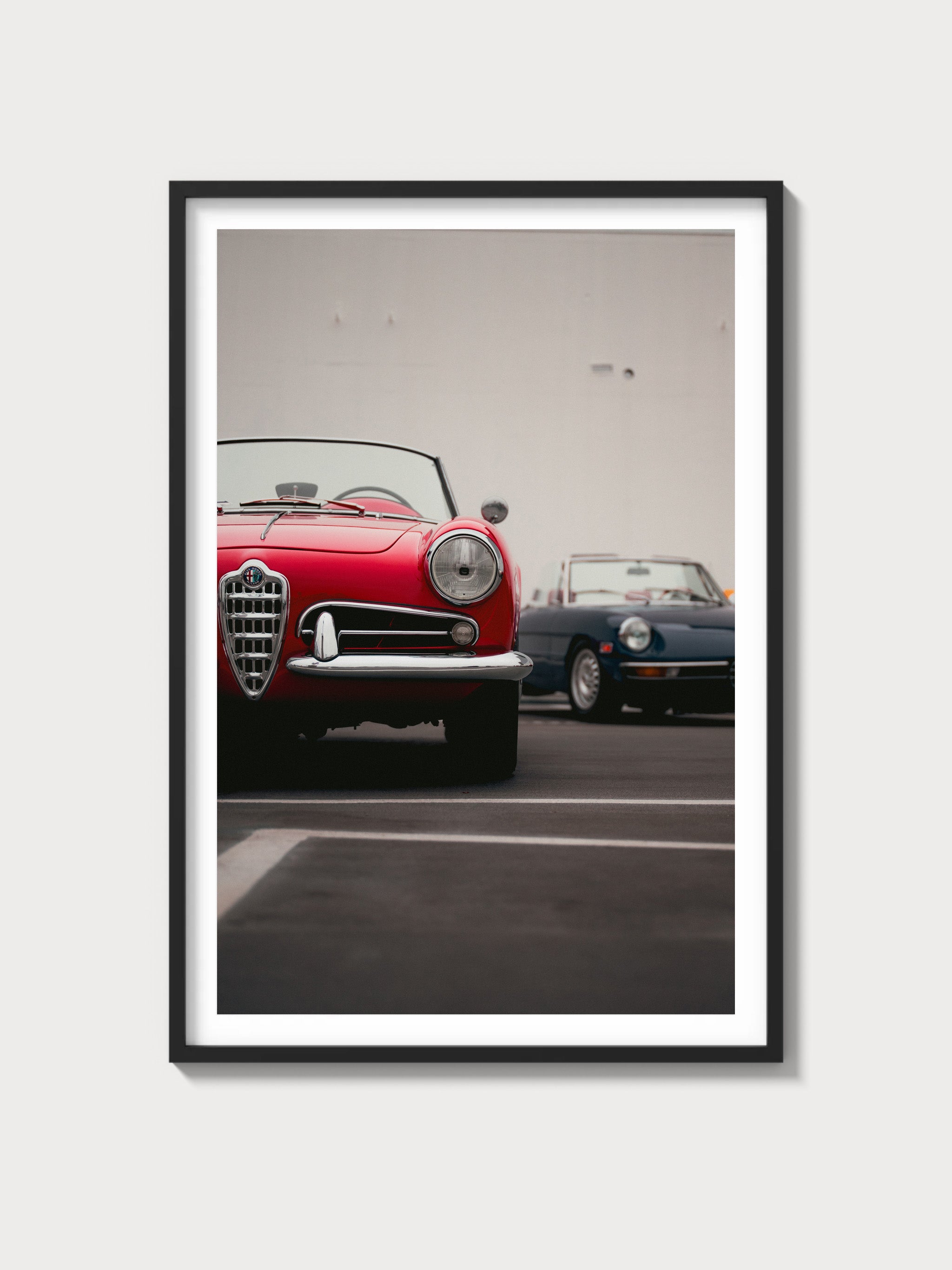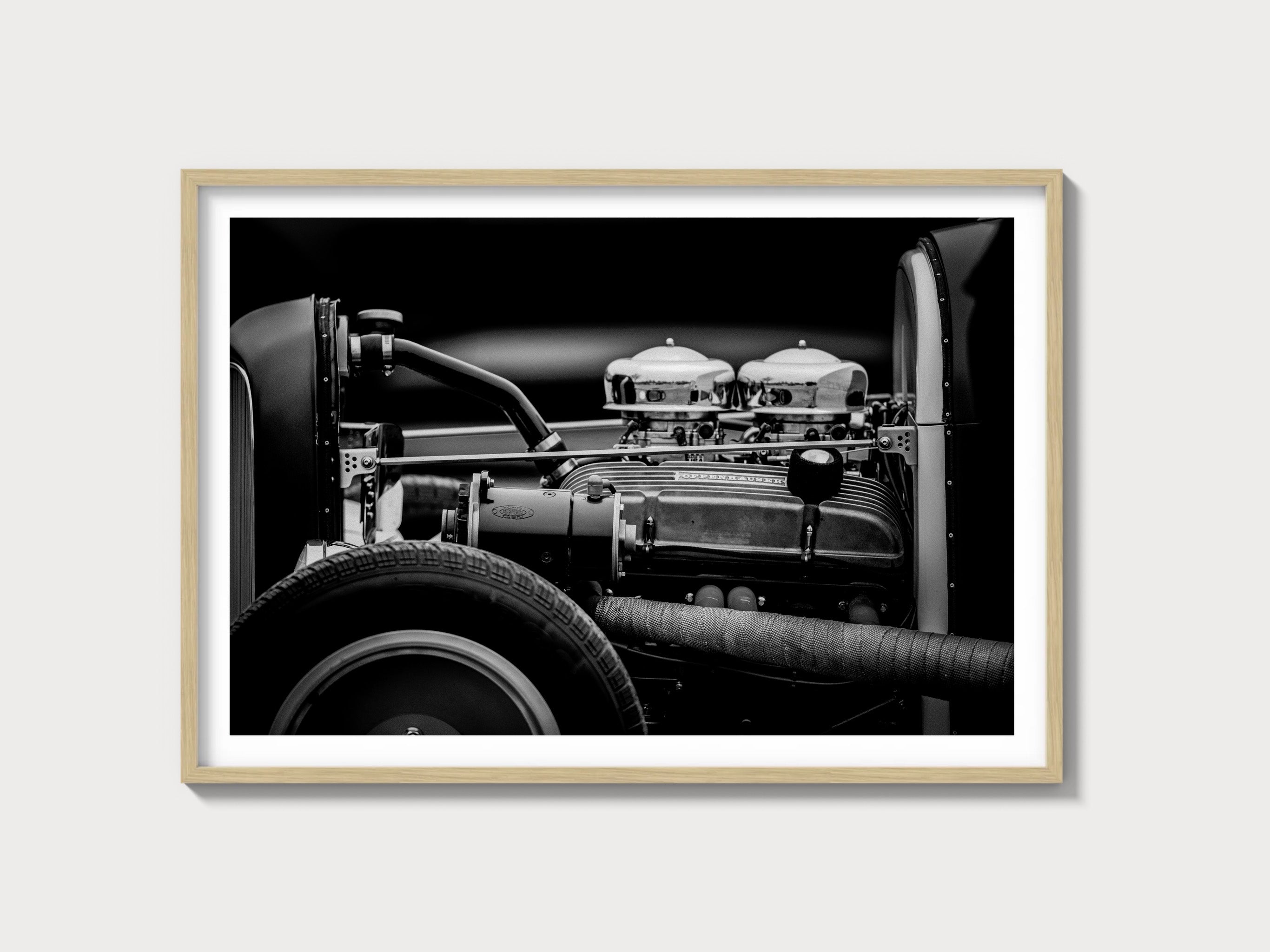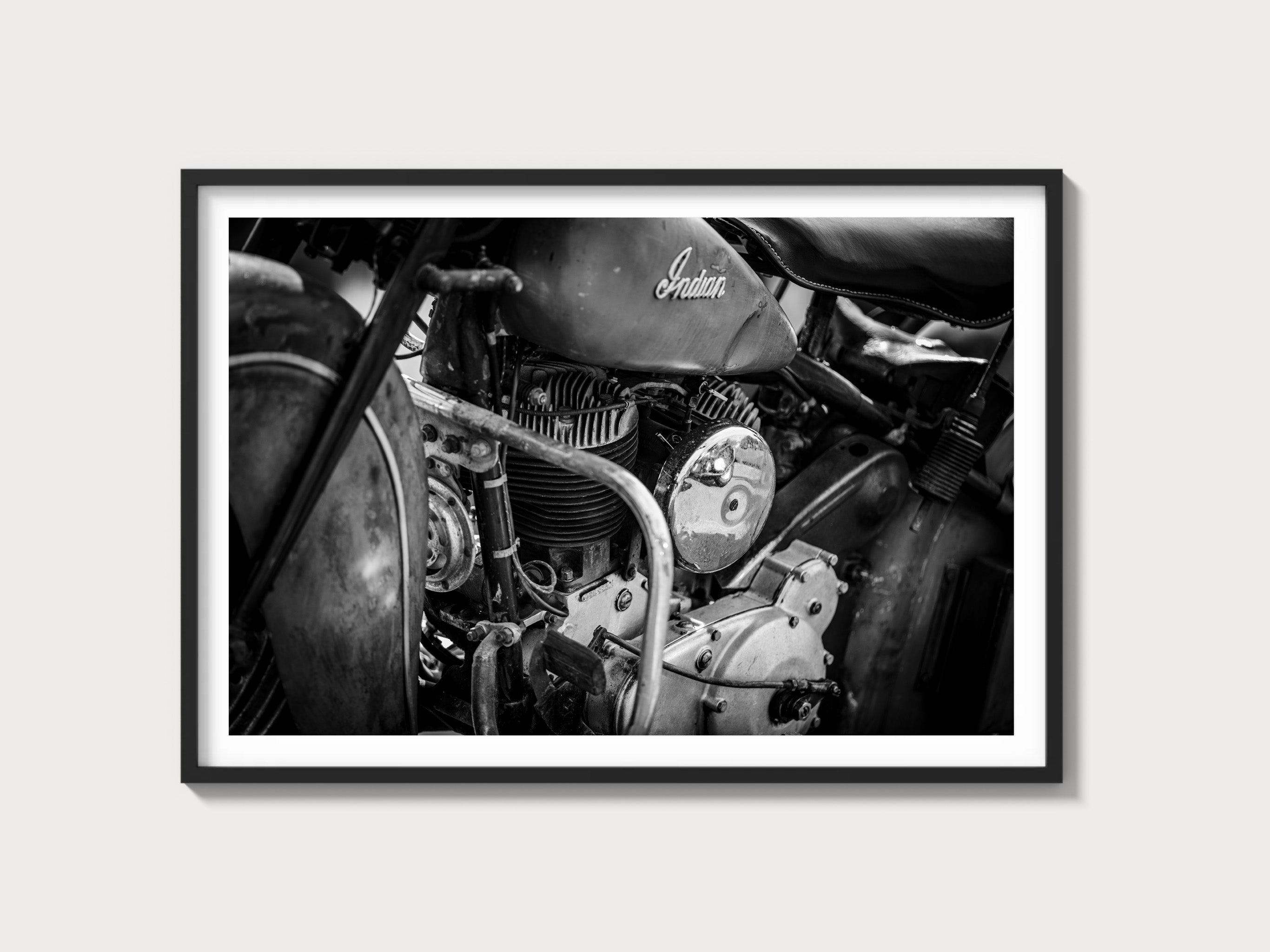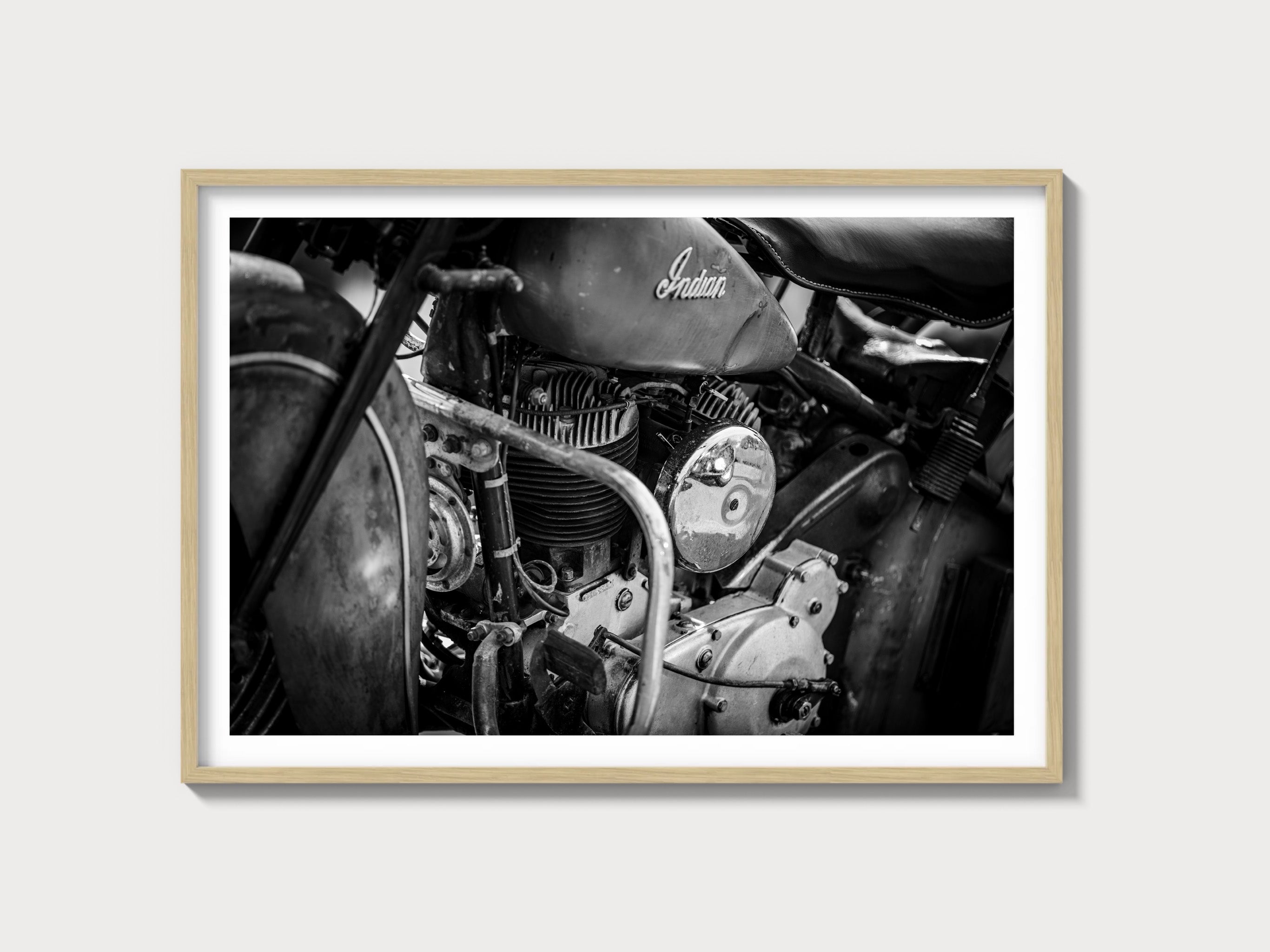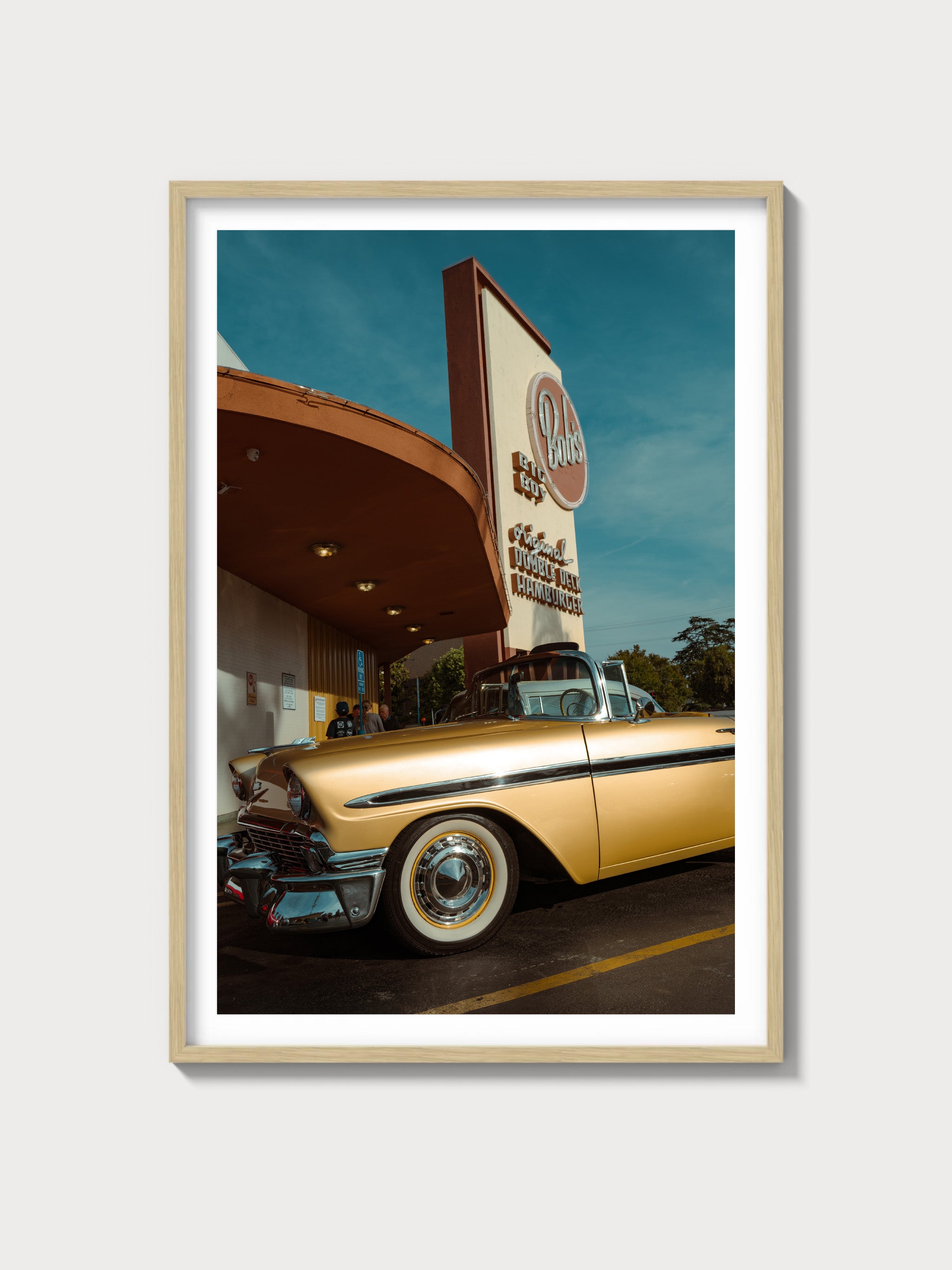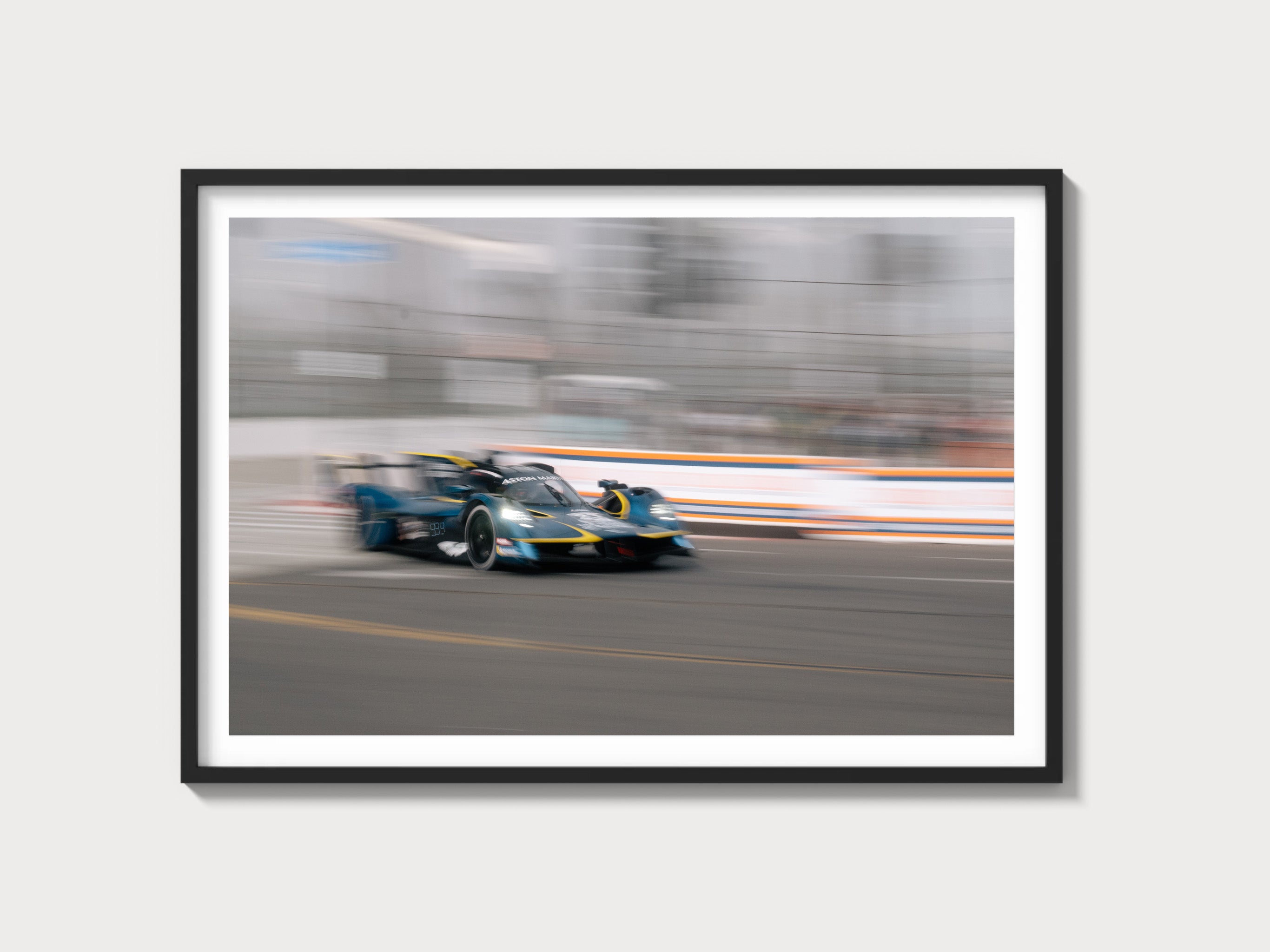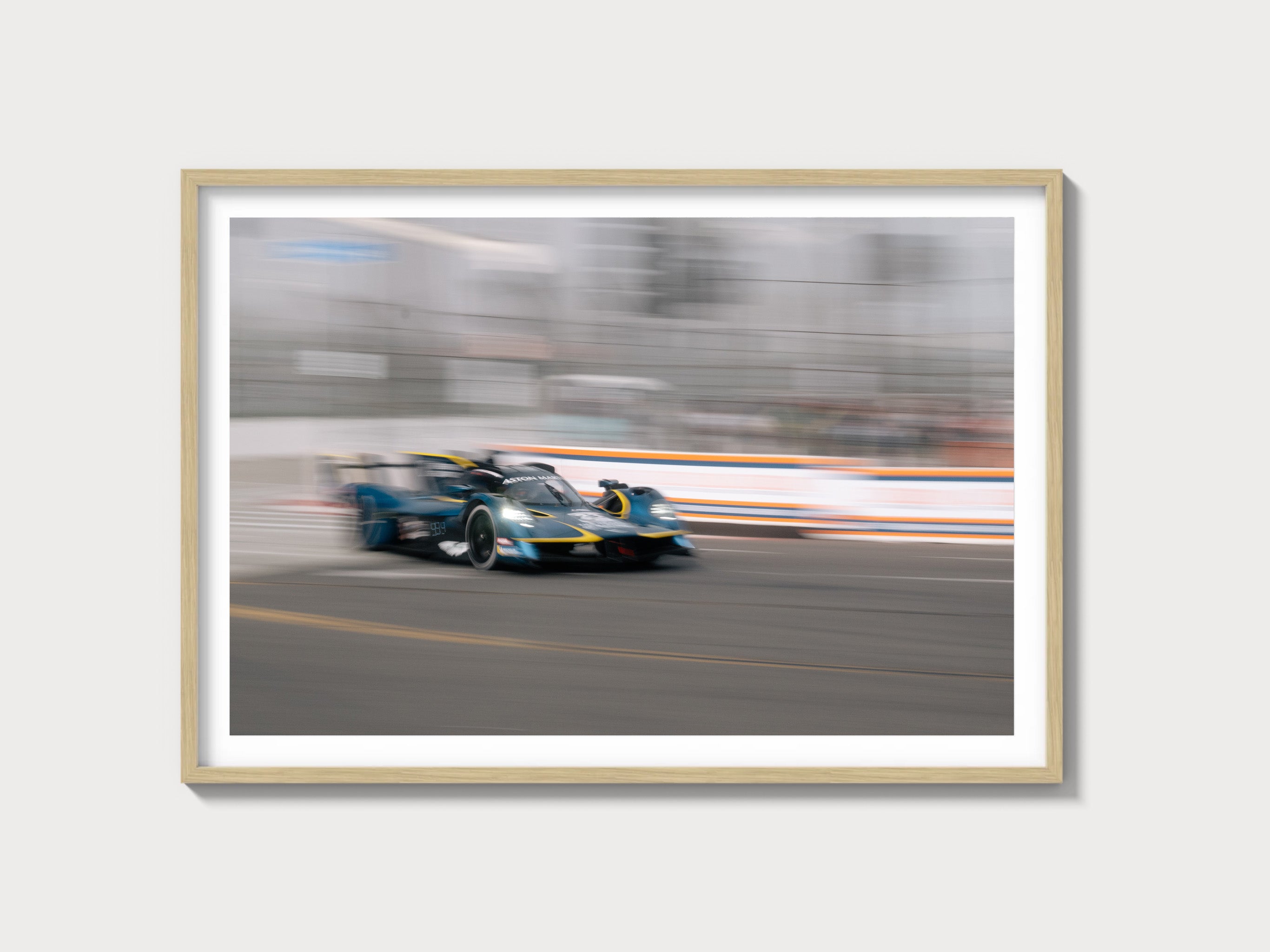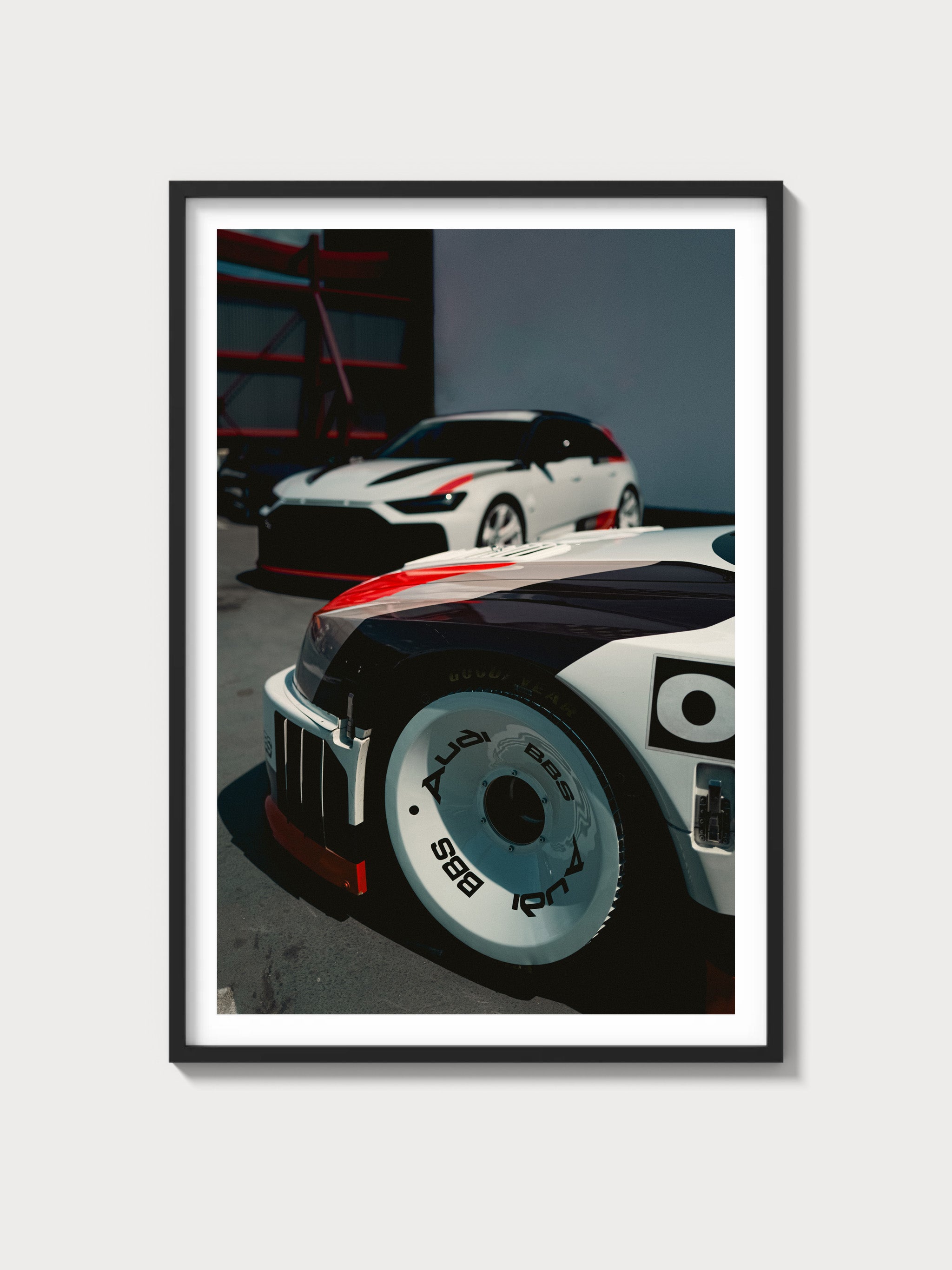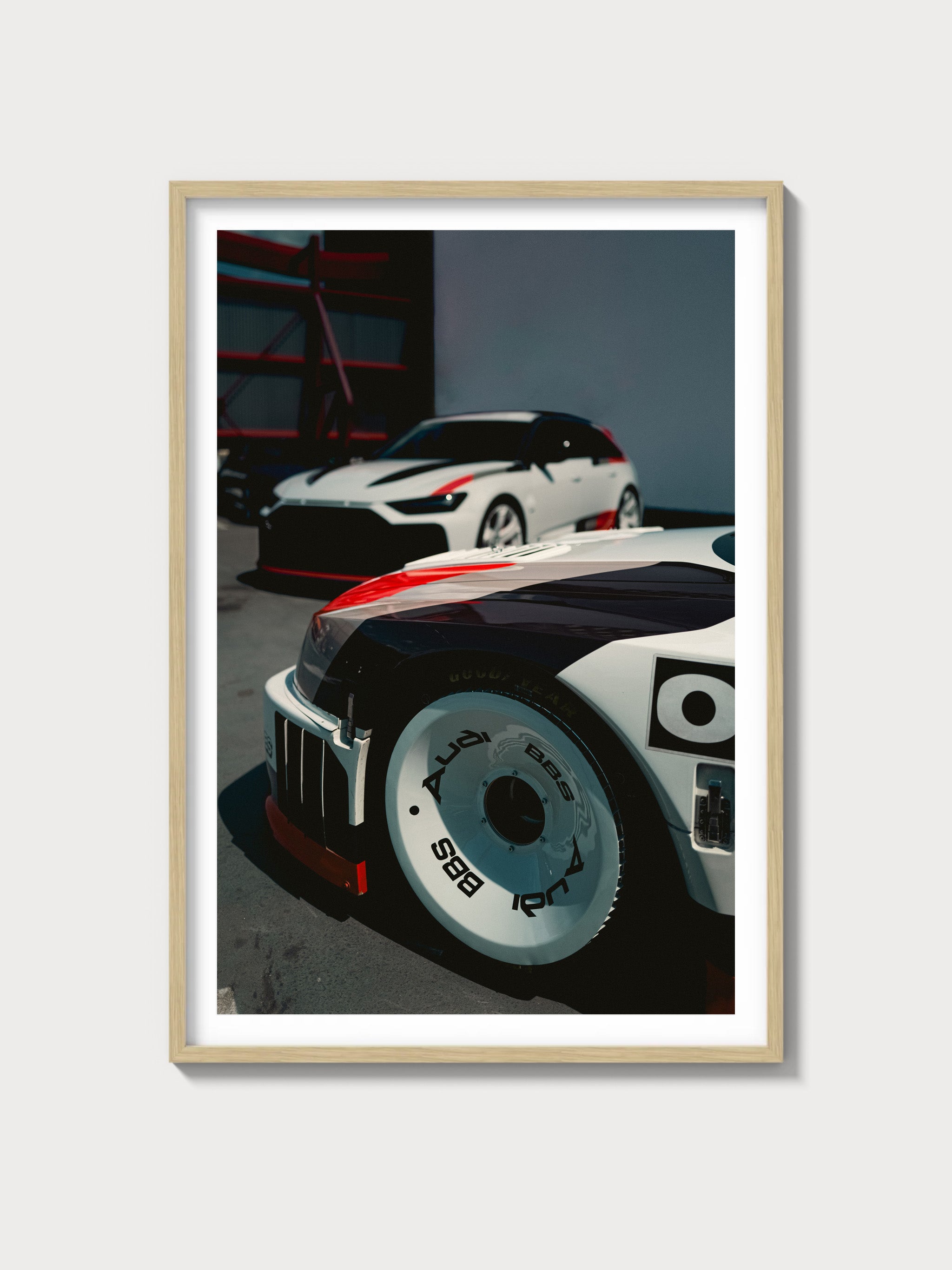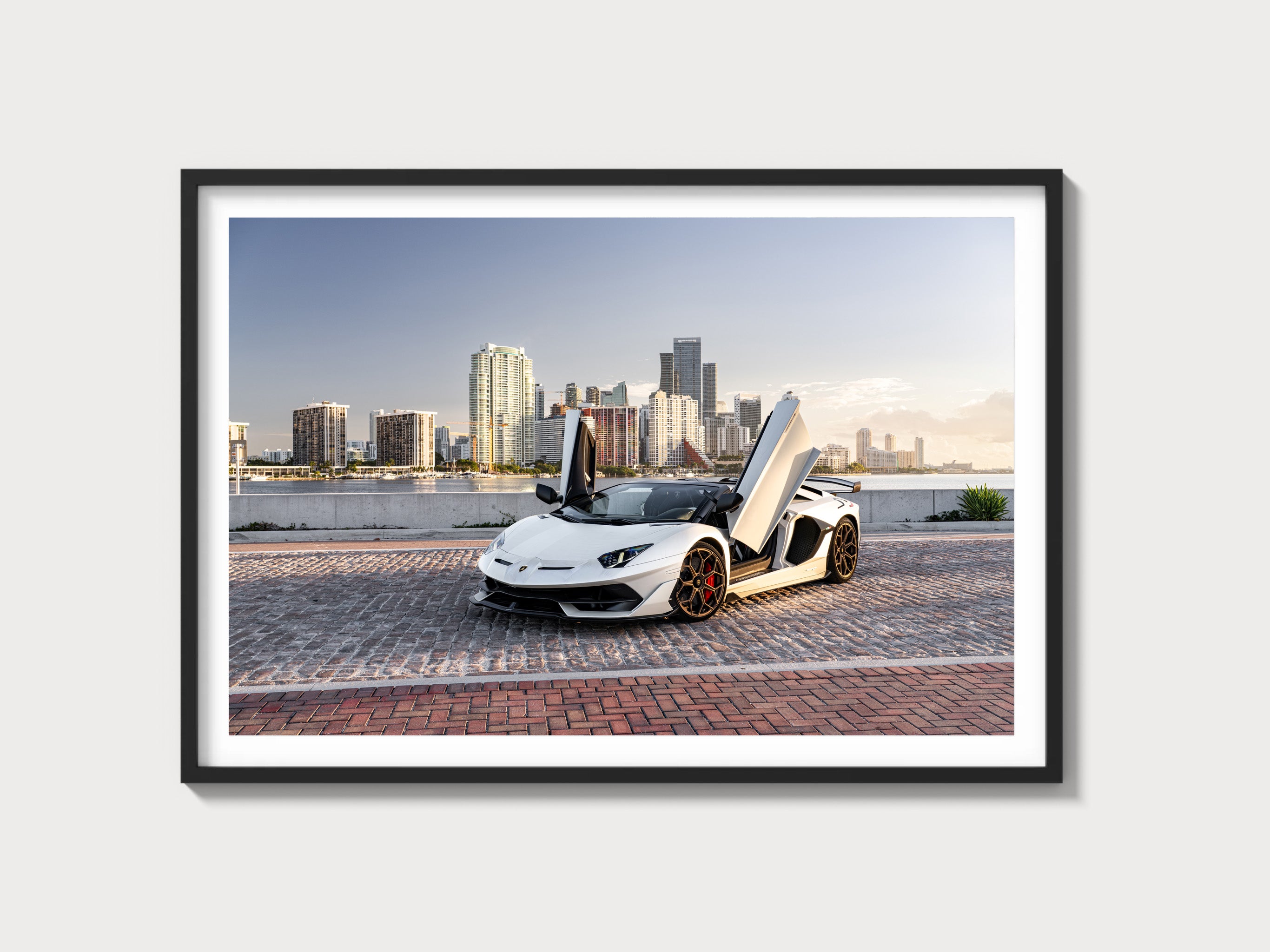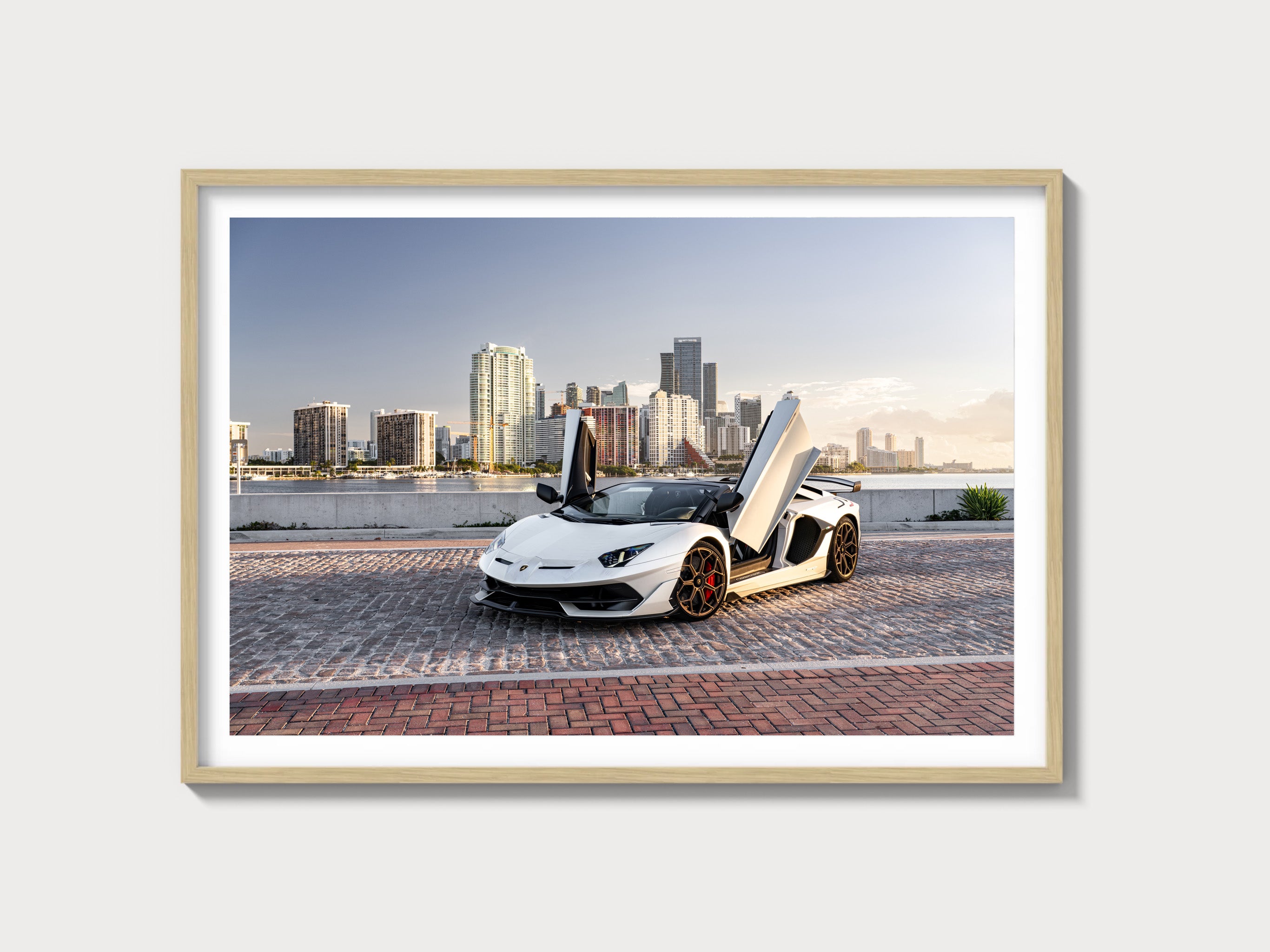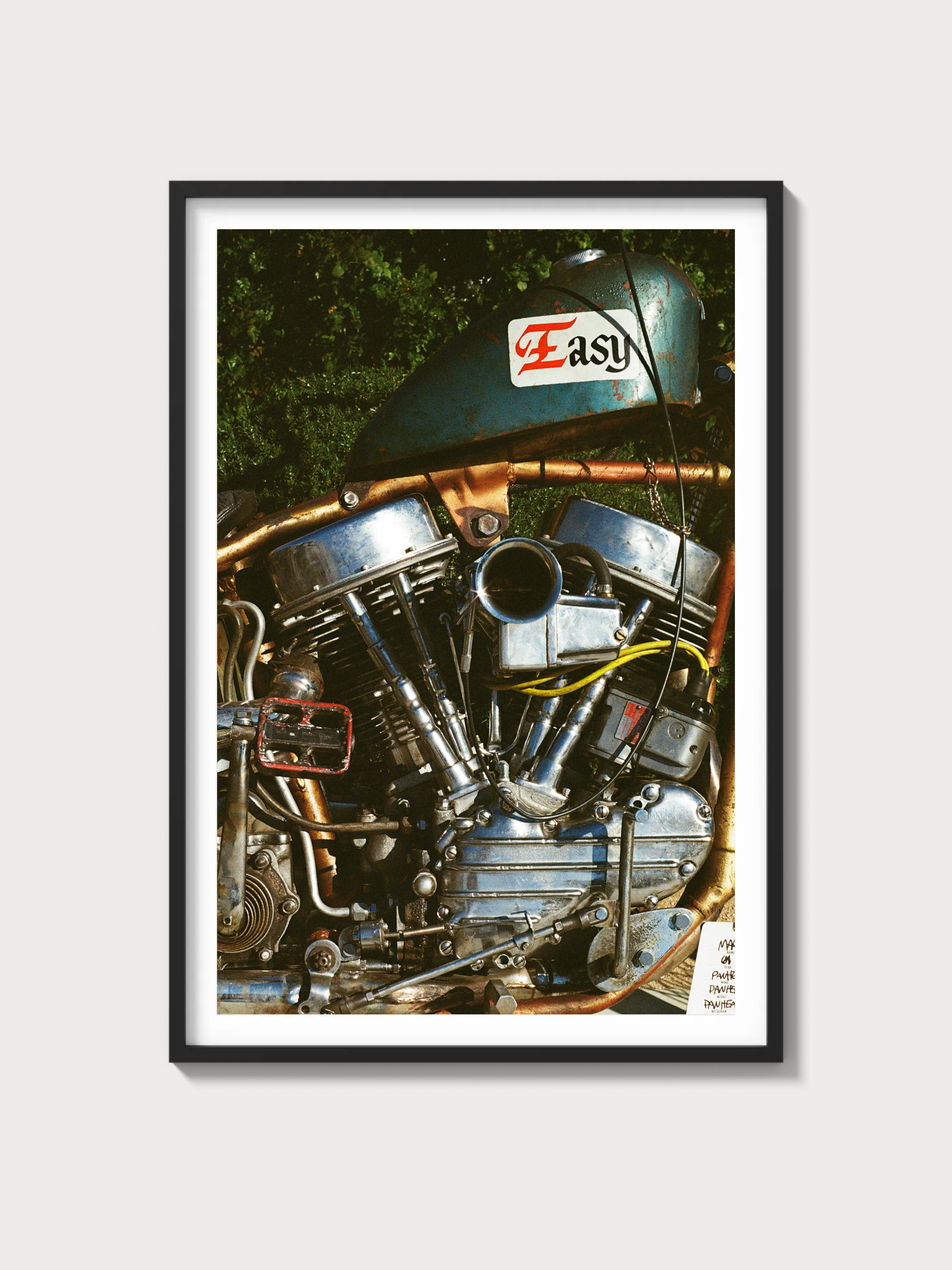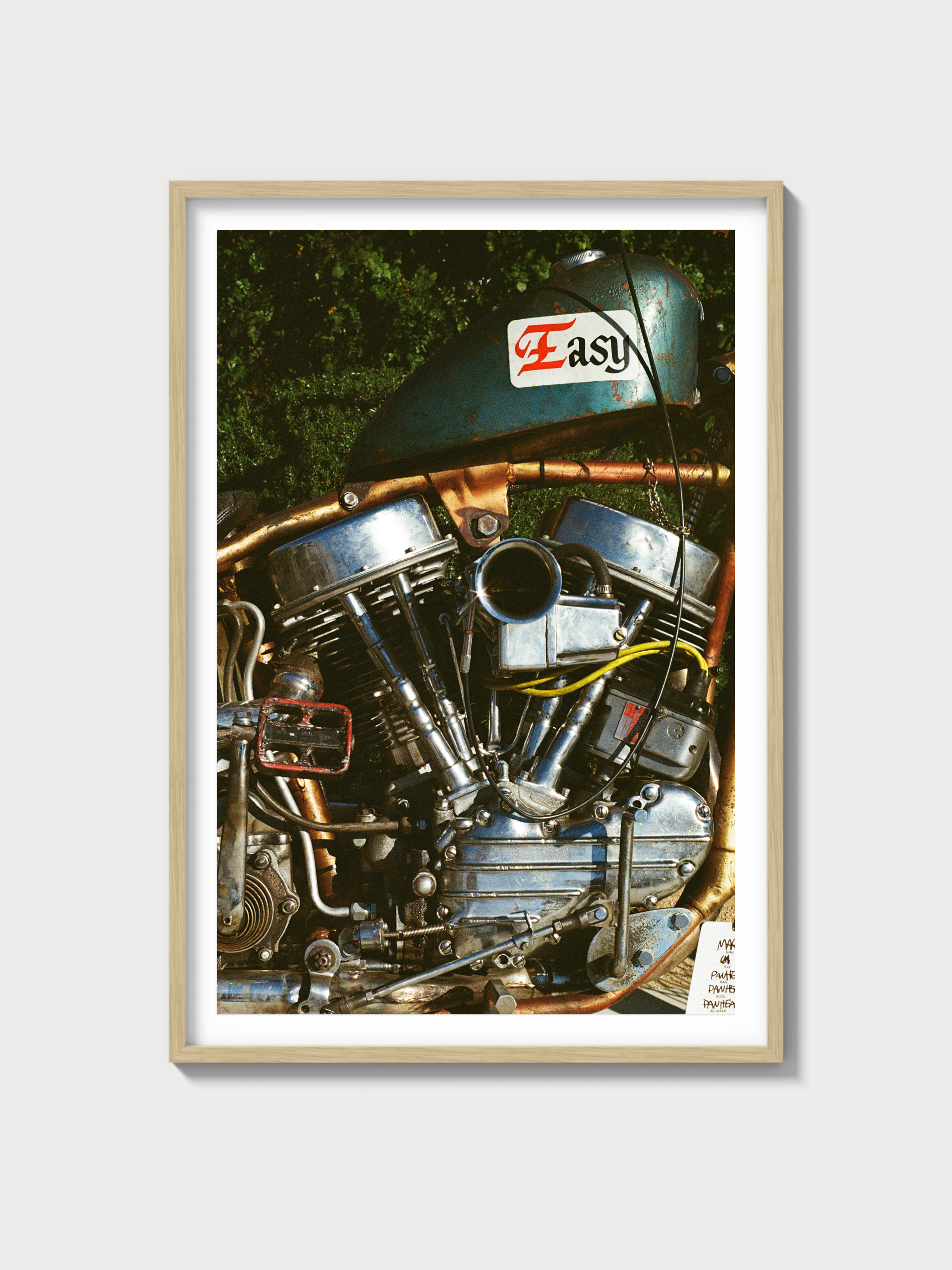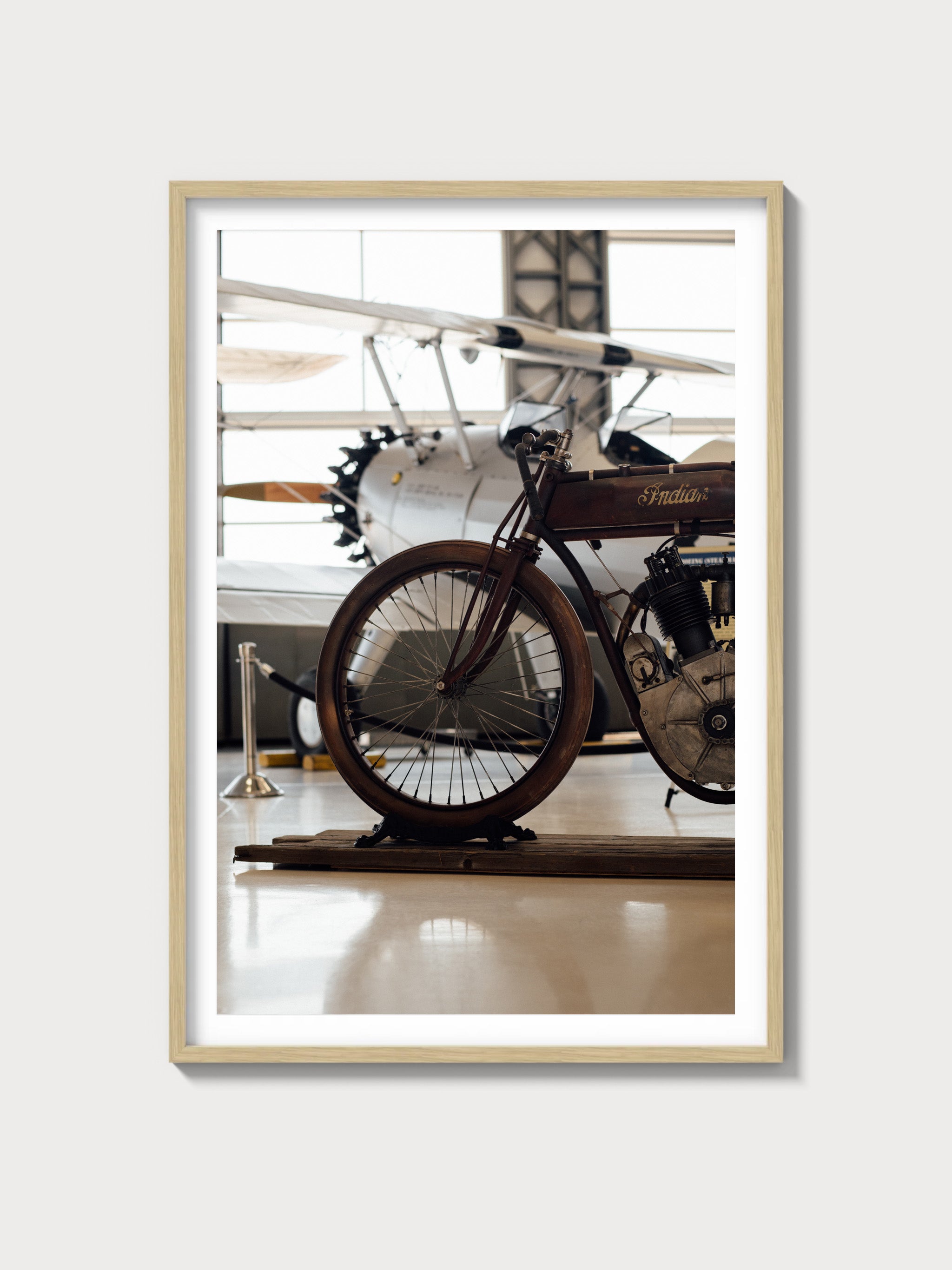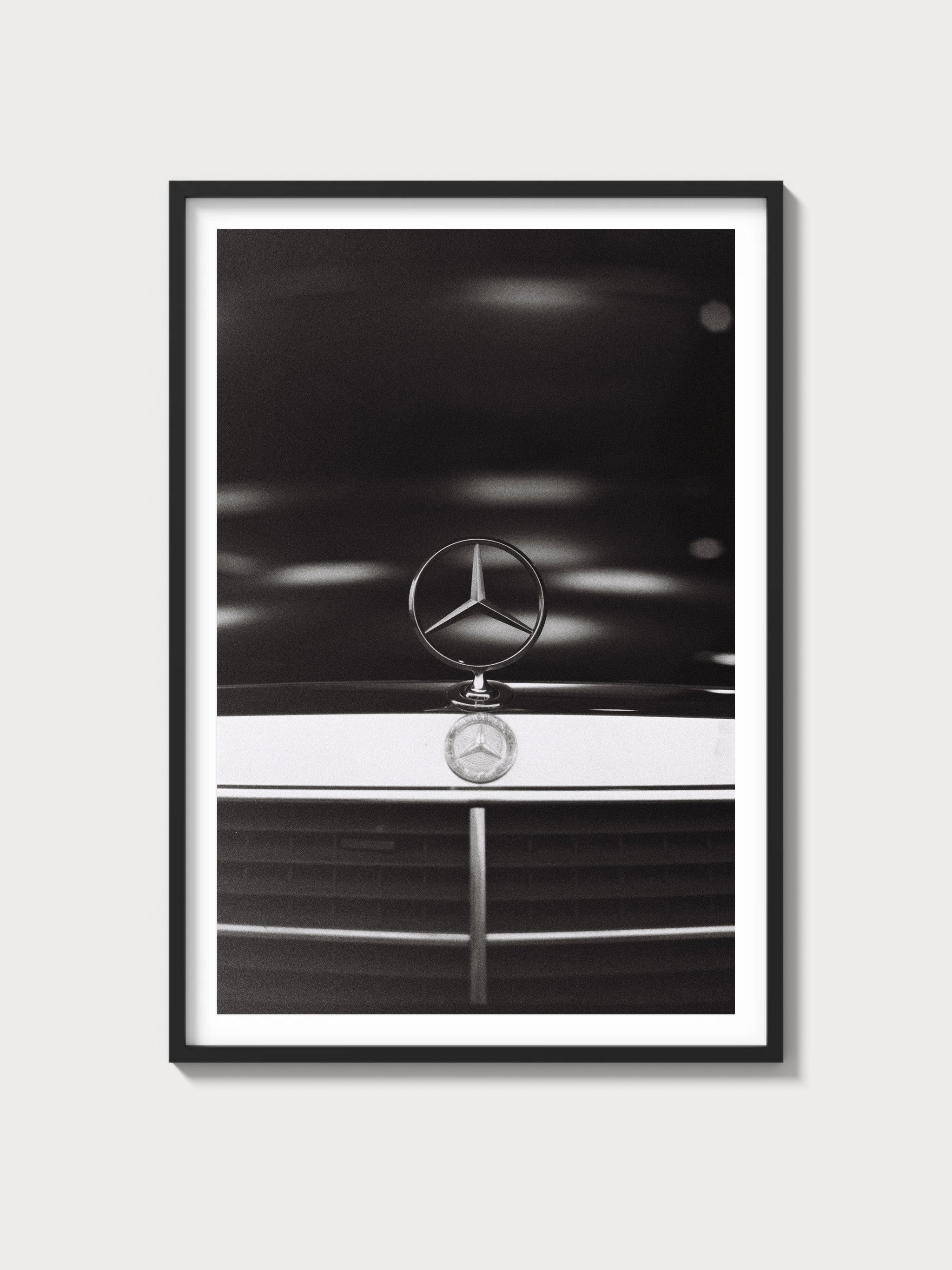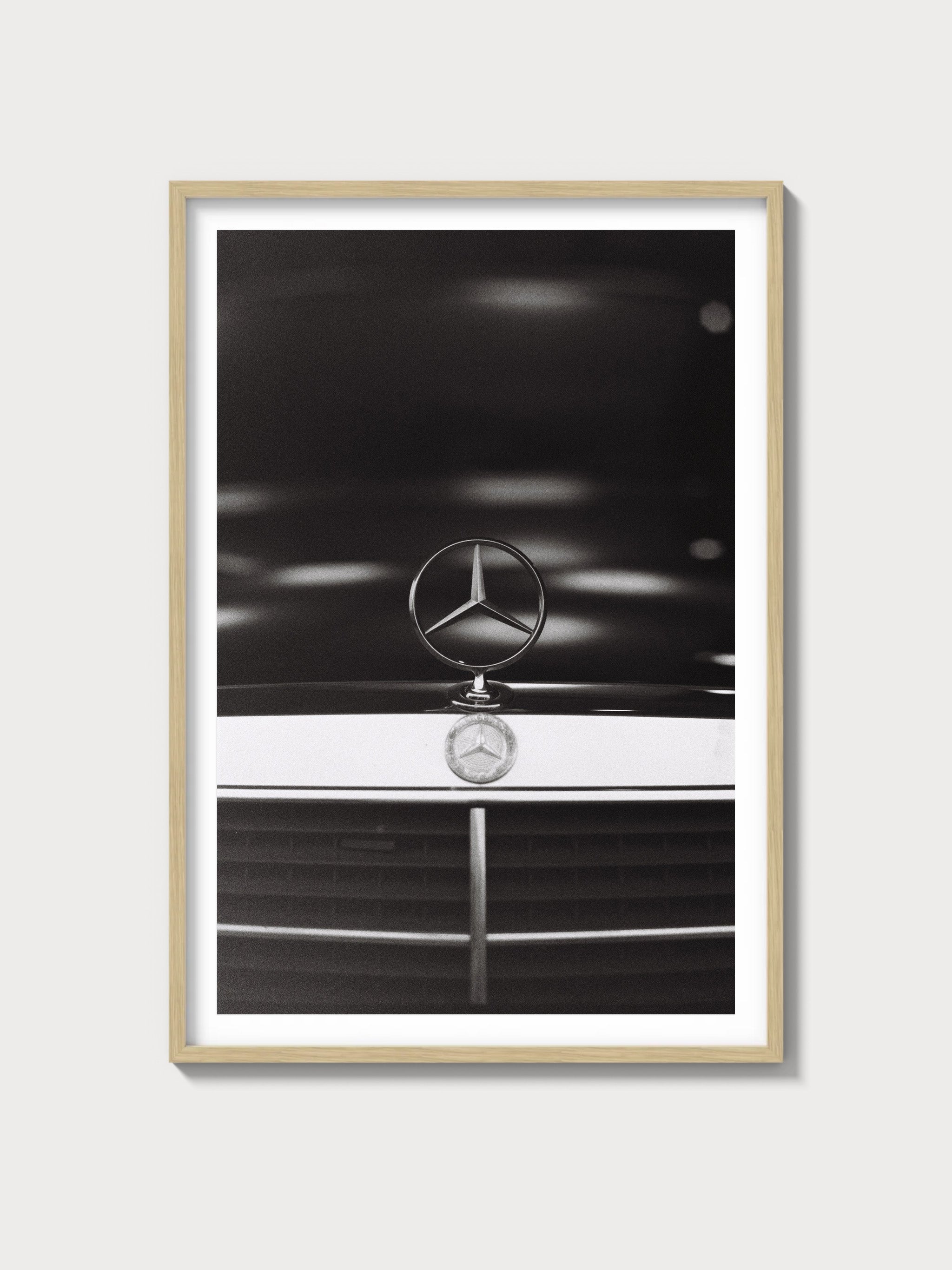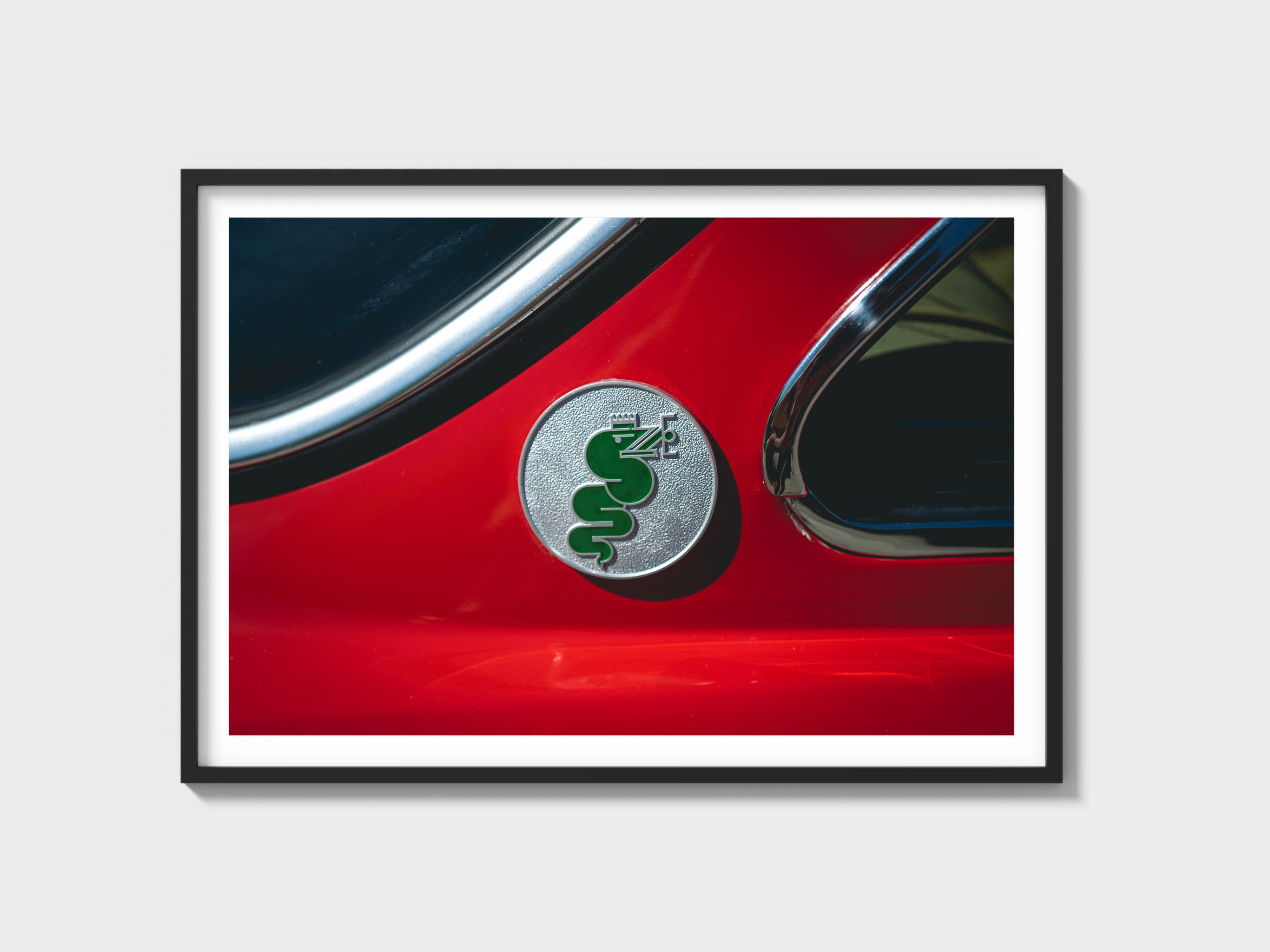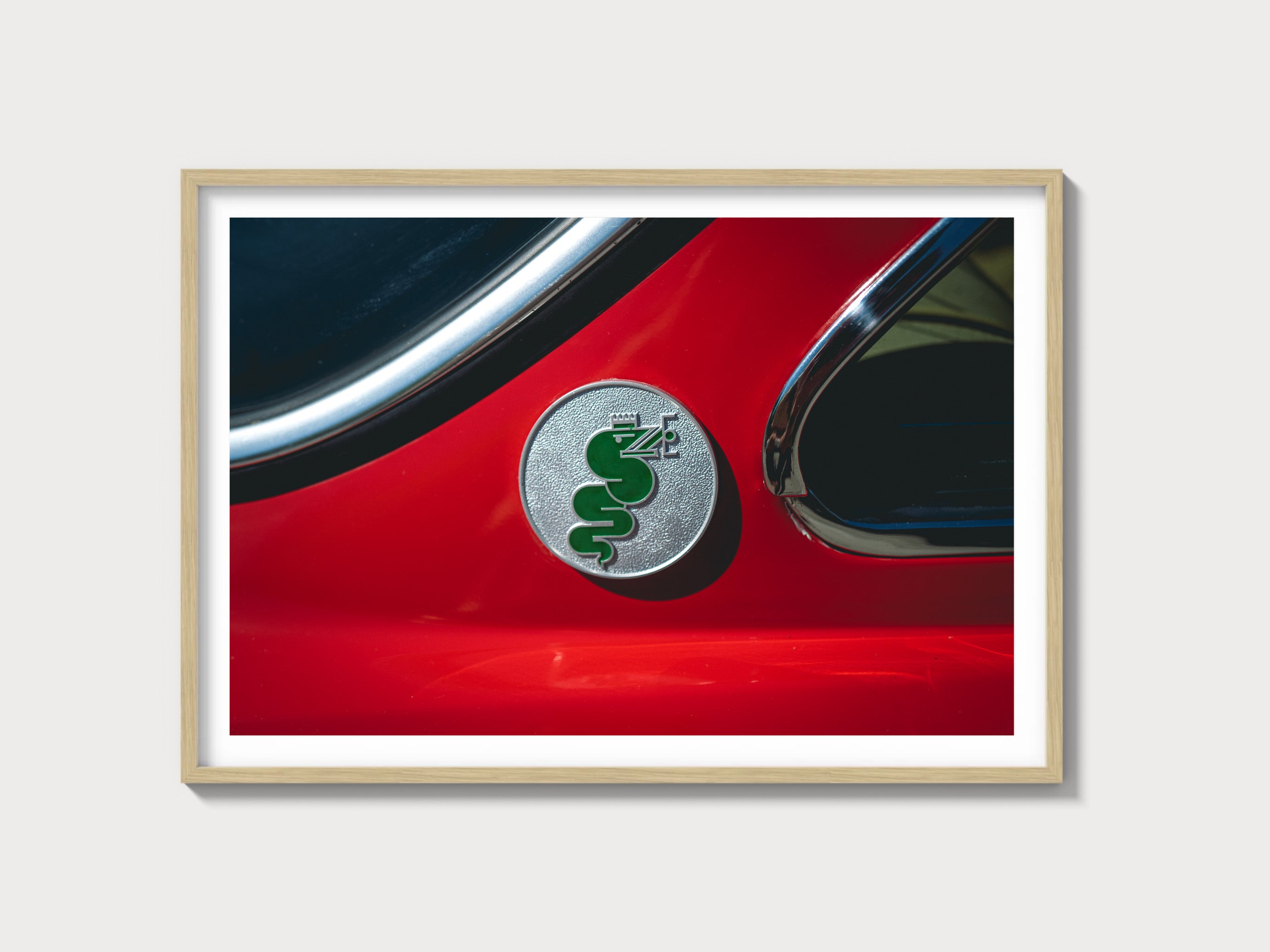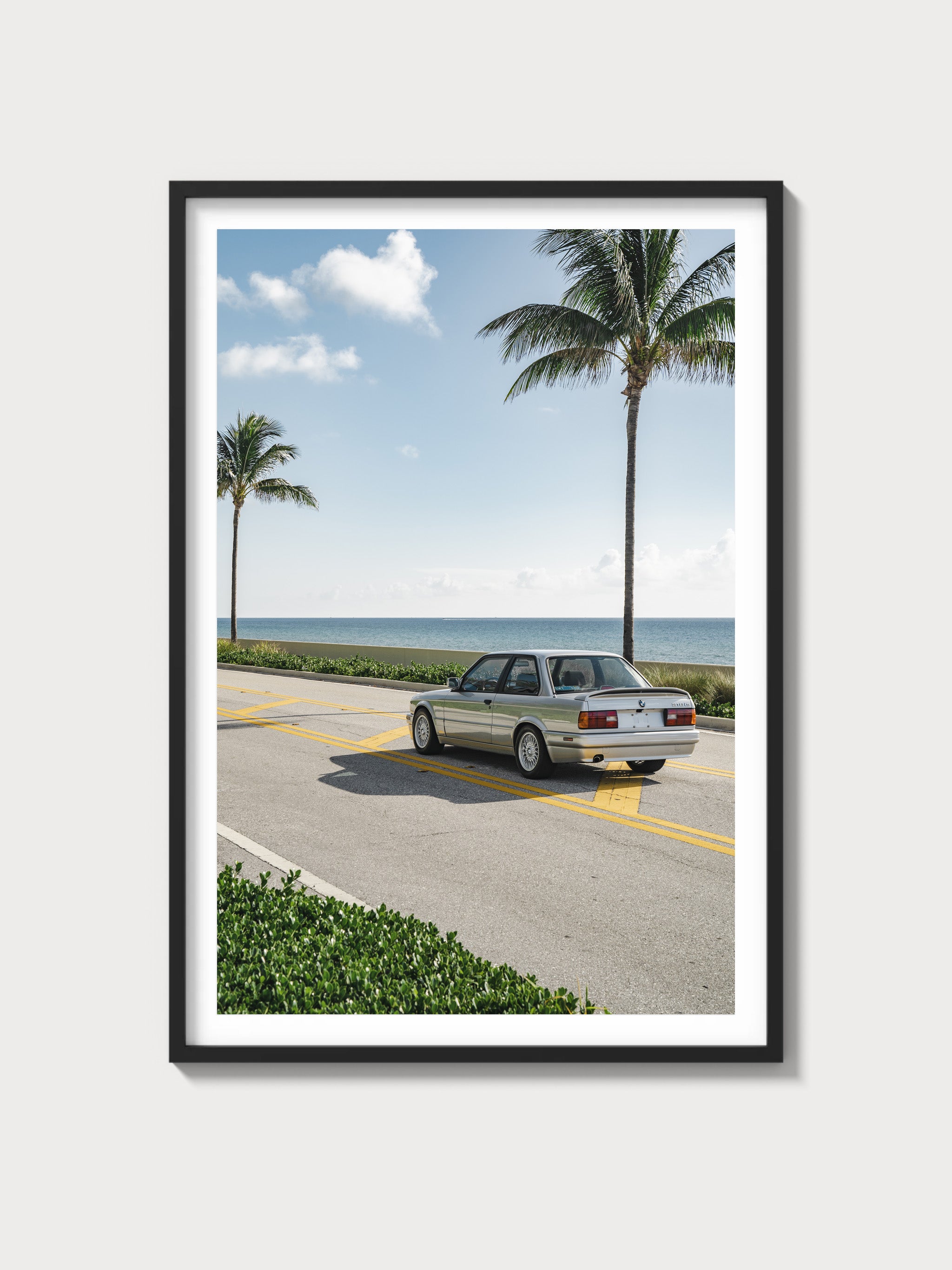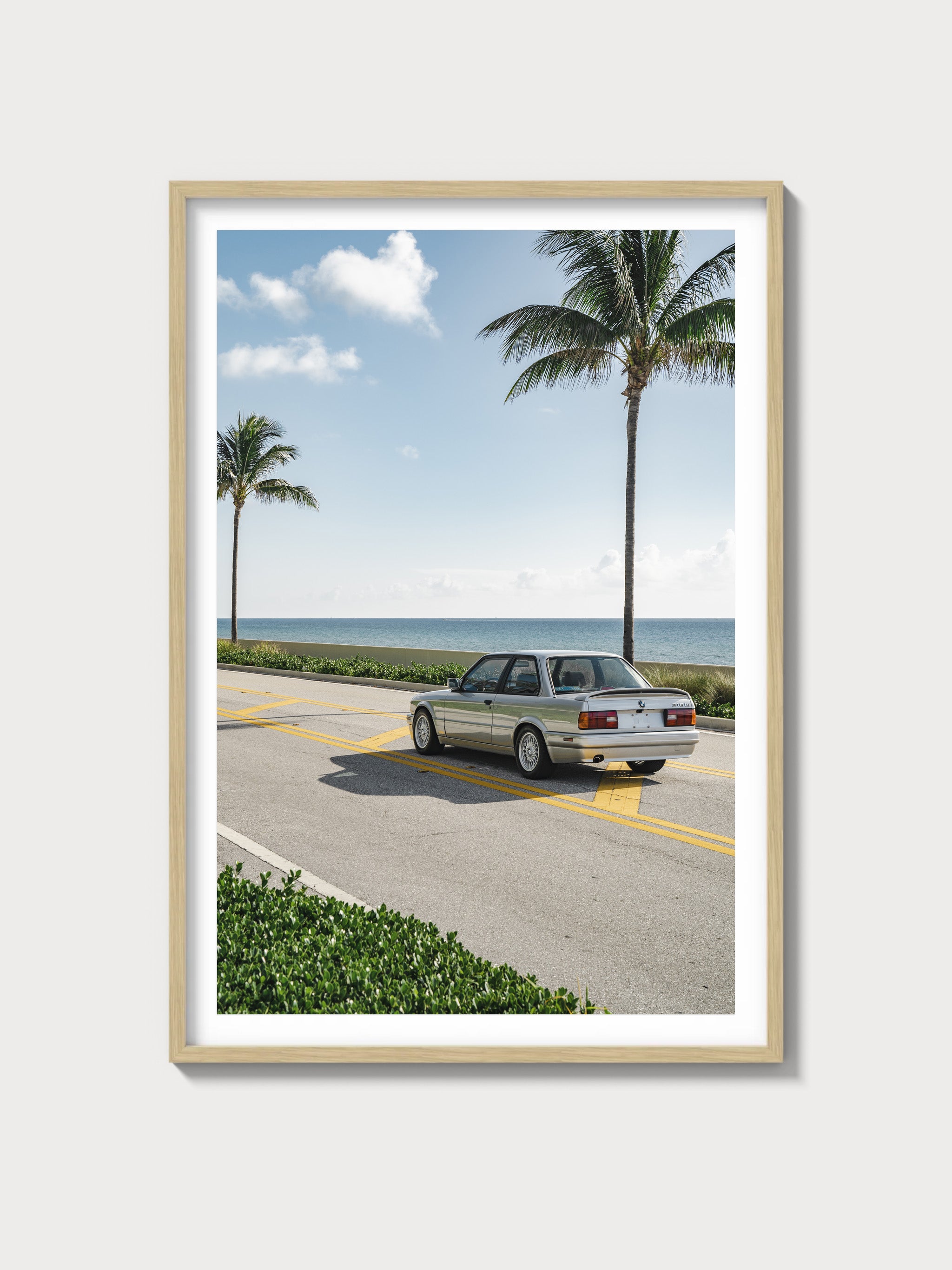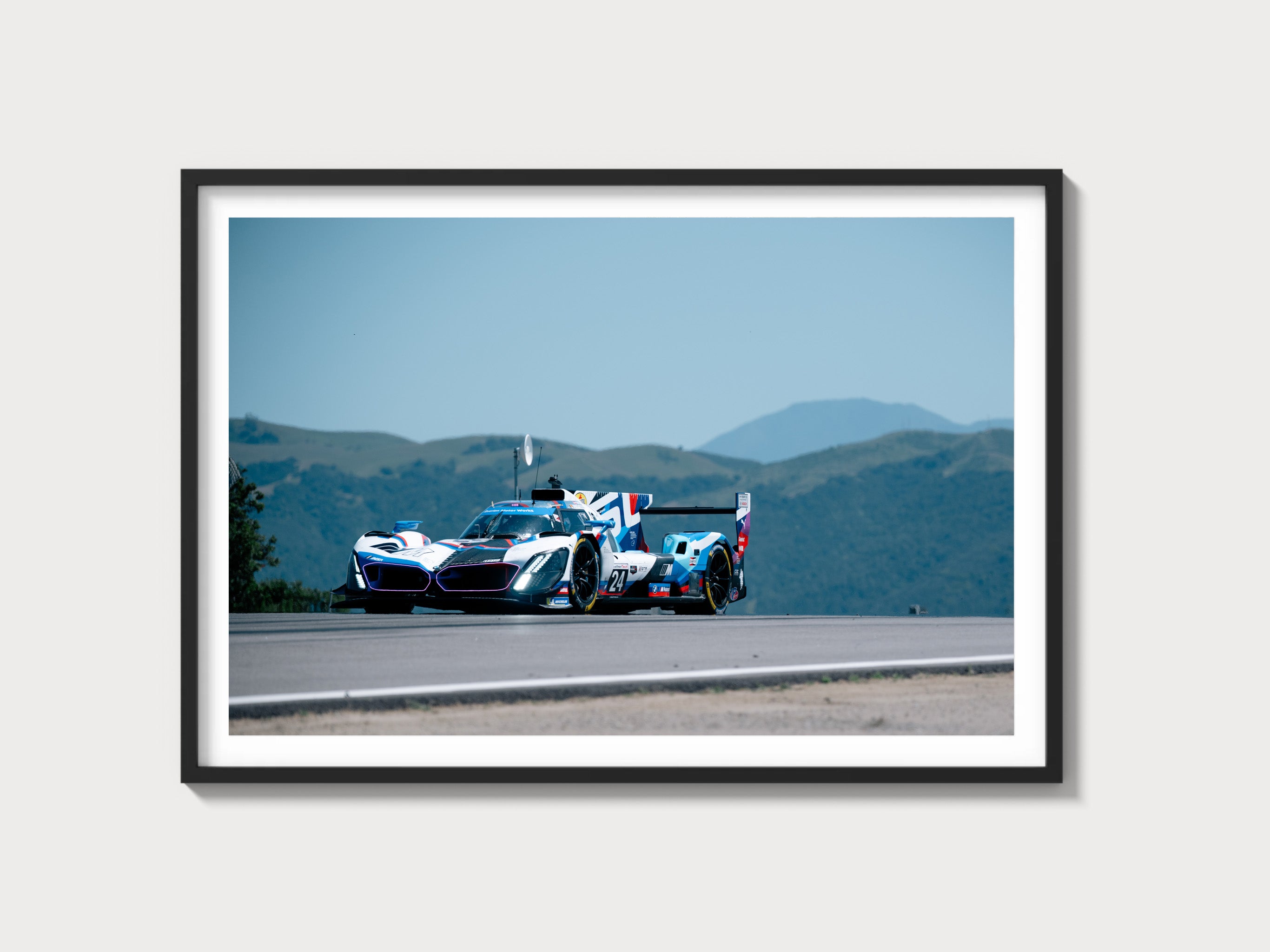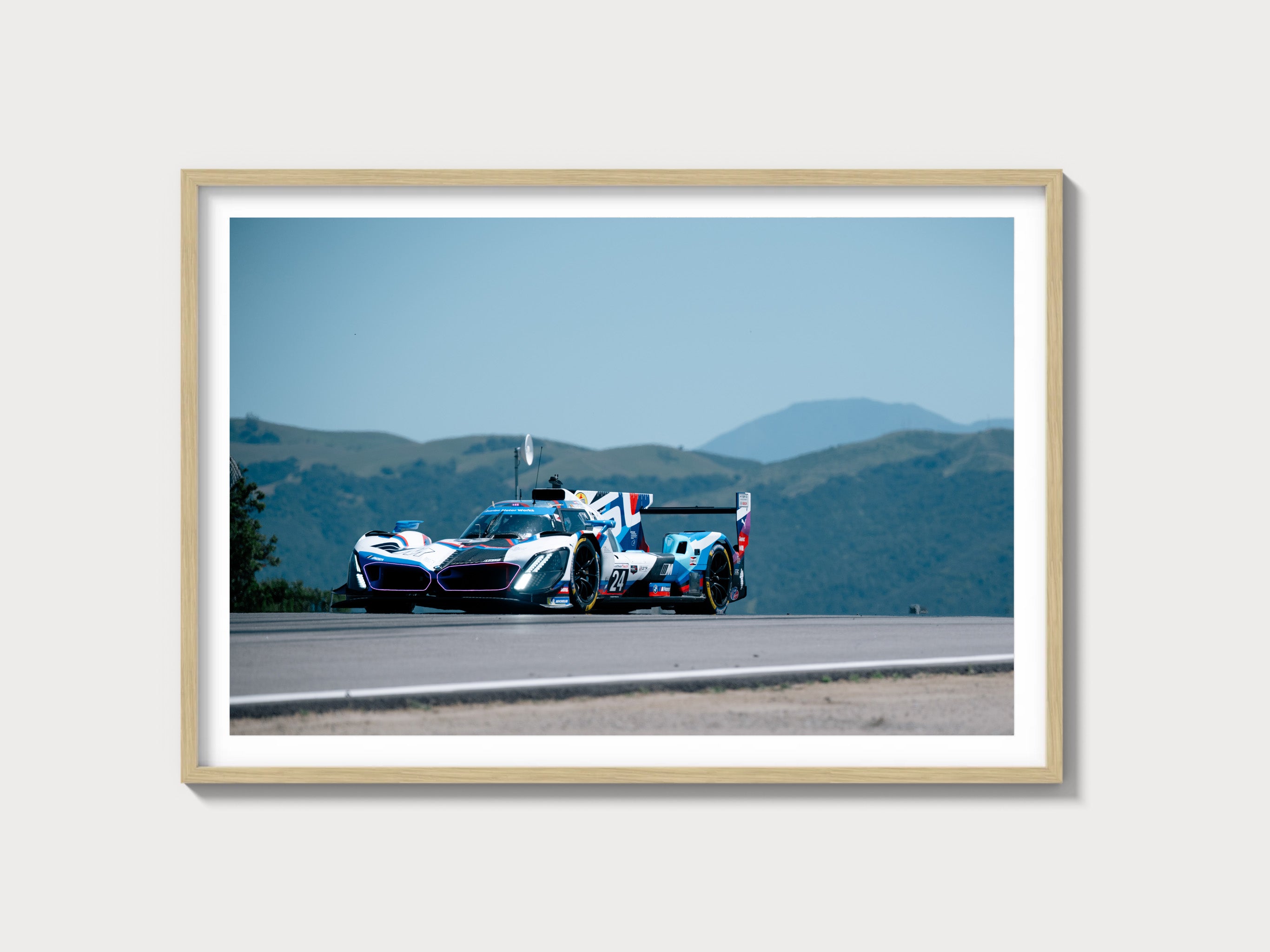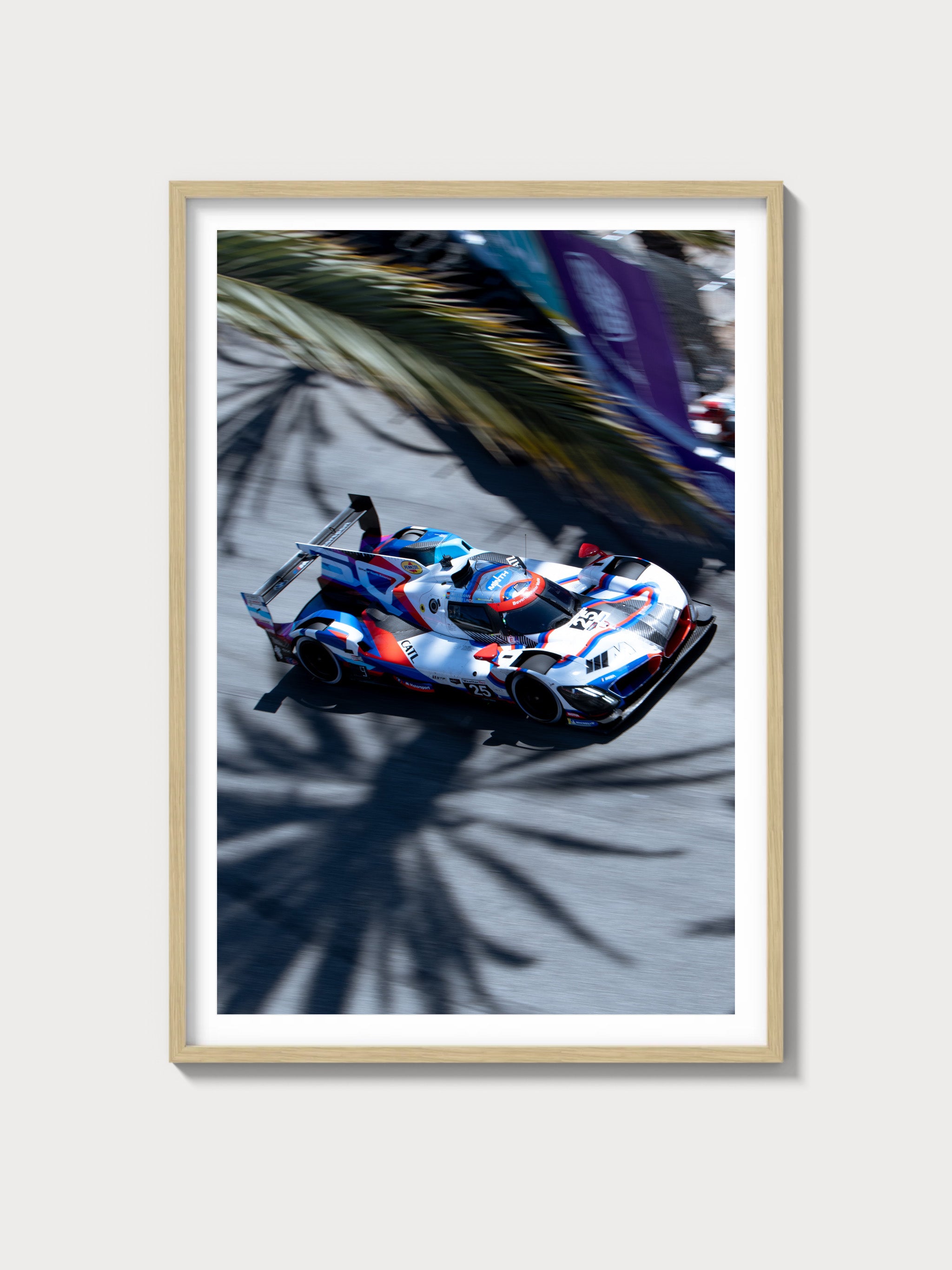Ferrari Portofino: The Definitive History, Specs, and Legacy
Introduction: Ferrari’s Elegant Convertible Grand Tourer
In the rich tapestry of Ferrari’s grand touring legacy, the Portofino, introduced between 2017 and 2020, emerges as a refined gem—a front-engine convertible that harnessed a 3.9-liter twin-turbo V8 to deliver 591 horsepower. With approximately 2,500 units crafted, this drop-top masterpiece blended exhilarating performance with sophisticated elegance, its name evoking the chic Italian coastal village of Portofino. It succeeded the Ferrari California T as Ferrari’s entry-level GT, offering a gateway to Maranello’s storied heritage.
Unveiled at a private event in Portofino, Italy, in September 2017, the Ferrari Portofino arrived as a testament to Ferrari’s ability to marry accessibility with prestige. With a retractable hardtop and Pininfarina-inspired design, it captivated a new generation of enthusiasts. As a Ferrari historian, I present this comprehensive chronicle of the Portofino—its historical roots, technical brilliance, and enduring legacy within the Prancing Horse’s illustrious lineage.
Historical Context: A Turbocharged GT in Ferrari’s Modern Era
The Ferrari Portofino debuted in 2017, a period of evolution for Maranello’s grand tourers. The California and its turbocharged successor, the California T, had produced over 15,000 units since 2008, redefining Ferrari’s entry-level GT segment. Yet, the demand for a more refined, powerful convertible spurred a new chapter. The Portofino succeeded the California T, boosting power by 40 hp and shedding weight, while retaining the approachable charm that broadened Ferrari’s audience.
Revealed on September 7, 2017, chassis 251123—painted in Rosso Portofino—dazzled at its namesake village, its folding hardtop retracting in 14 seconds. Approximately 2,500 units were built from 2017 to 2020, a modest run reflecting its niche appeal. This was a car for cosmopolitan drivers—Riviera cruisers, urban elites—crafted amid a supercar landscape dominated by the Porsche 911 Turbo S Cabriolet and Mercedes-AMG GT C Roadster.
The late 2010s marked Ferrari’s turbocharged renaissance. The 488 GTB had pioneered V8 turbos, but the Portofino brought this technology to the GT realm, setting the stage for the Portofino M in 2020.
Technical Specifications: The Turbo V8’s GT Potency
The Ferrari Portofino’s essence was its 3.9-liter twin-turbo V8—a refined powerplant that balanced performance with grand touring finesse. Below, I dissect its engineering with a historian’s eye.
Engine: The 3.9-Liter Tipo F154 BE V8
Displacing 3,855 cc (bore 86.5 mm, stroke 82 mm), the Tipo F154 BE V8 featured a 90-degree V-angle, four valves per cylinder, and twin IHI turbochargers. With a 9.45:1 compression ratio and Bosch Motronic ME17.2 management, it produced 591 horsepower at 7,500 rpm—40 hp more than the California T—and 561 lb-ft of torque at 3,000-5,250 rpm. Weighing 330 lbs, this all-aluminum engine minimized turbo lag, its exhaust note a cultured growl.
Performance: Convertible GT Speed
The Portofino reached 199 mph (320 km/h)—verified by Autocar in 2018—outpacing the California T’s 196 mph, with a 0-60 mph time of 3.5 seconds. Its power-to-weight ratio (382 hp/ton) delivered spirited pace, though its Fiorano lap of 1:36.0 reflected its GT focus over track aggression.
Chassis and Suspension: Aluminum GT Platform
The aluminum spaceframe weighed 1,545 kg (3,406 lbs)—80 kg lighter than the California T—using advanced alloys. Its 2,670 mm wheelbase paired with double-wishbone front and multi-link rear suspension, magnetic dampers, and an E-Diff offered smooth handling, with a 46:54 weight distribution.
Transmission and Brakes: Refined Dynamics
A 7-speed dual-clutch transmission—Getrag-built—delivered 30-ms shifts, with ratios (1st: 3.08, 7th: 0.69) optimized for cruising. Carbon-ceramic brakes (15.4-inch front, 14.2-inch rear) provided 1.1g stopping power, enhanced by stability control.
| Specification | Details |
|---|---|
| Engine | 3.9L Twin-Turbo V8, 591 hp @ 7,500 rpm |
| Displacement | 3,855 cc (86.5 mm x 82 mm) |
| Top Speed | ~199 mph (320 km/h) |
| 0-60 mph | ~3.5 seconds |
| Weight | 1,545 kg (3,406 lbs) |
| Transmission | 7-speed dual-clutch, rear-wheel drive |
| Suspension (Front) | Double wishbone, magnetic dampers |
| Suspension (Rear) | Multi-link, magnetic dampers, E-Diff |
| Brakes | 15.4-inch front, 14.2-inch rear carbon-ceramic discs |
Design and Styling: Ferrari’s Elegant Drop-Top Aesthetic
The Portofino’s design, inspired by Pininfarina and crafted in-house, fused GT elegance with convertible charm.
Exterior: Sleek Hardtop Form
Chassis 251123 debuted with a sculpted grille, slim LED headlights, and a folding aluminum roof—finished in Rosso Portofino. Its 2,670 mm wheelbase and subtle aero enhancements improved efficiency by 10% over the California T. The 20-inch alloy wheels completed its refined stance.
Interior: Luxurious GT Cockpit
The cabin offered leather sport seats, a 10.2-inch touchscreen, and Veglia gauges (10,000 rpm redline). A Manettino dial (Wet, Sport, Comfort) and open roof elevated the California’s layout, balancing luxury with driver focus.
Production and Variants: A Convertible GT Milestone
The Portofino’s ~2,500-unit run (2017-2020) featured the standard hardtop convertible. Chassis 251123 launched the series, while 259890 closed it, succeeded by the Portofino M. No racing variants emerged—its focus was grand touring elegance.
Performance and Racing Legacy: A Road-Born Sophisticate
The Ferrari Portofino racing history was negligible, its purpose rooted in grand touring. Chassis 251130 logged leisurely drives, not track laps. Its 199 mph top speed shone on coastal roads, not circuits.
Ownership and Market Value: A Modern GT Classic
The Ferrari Portofino value reflects its appeal. Early owners included Giorgio Armani (chassis 251125). Today, prices range $180,000-$250,000—chassis 251123 sold for $230,000 at RM Sotheby’s 2024. Maintenance—$12,000 for V8 service—marks its accessible prestige.
Cultural Impact: Ferrari’s Entry-Level GT Benchmark
The Portofino redefined Ferrari’s entry-level GT, influencing the Portofino M and Roma. In 2010s lore, it’s the elegant drop-top—a gateway to Maranello’s legacy.
Comparisons: Ferrari Portofino vs Rivals
The Ferrari Portofino vs Porsche 911 Turbo S Cabriolet pits 591 hp V8 against 580 hp flat-6—Ferrari led in style, Porsche in agility. The Mercedes-AMG GT C Roadster (550 hp V8) trailed in power but matched luxury.
| Model | Engine | Power | Weight | Top Speed |
|---|---|---|---|---|
| Ferrari Portofino | 3.9L Twin-Turbo V8 | 591 hp | 1,545 kg | ~199 mph |
| Porsche 911 Turbo S Cabriolet | 3.8L Twin-Turbo Flat-6 | 580 hp | 1,710 kg | ~205 mph |
| Mercedes-AMG GT C Roadster | 4.0L Twin-Turbo V8 | 550 hp | 1,735 kg | ~196 mph |
Frequently Asked Questions
What was the Ferrari Portofino?
A 2017-2020 3.9L twin-turbo V8 convertible grand tourer.
How many were made?
~2,500 units.
What engine powered it?
3,855 cc twin-turbo V8, 591 hp.
Did it race?
No—built for touring.
What’s its value?
$180,000-$250,000.

